Best Panasonic TVs 2025: our reviewers recommend 3 key sets right now
The best TVs from one of the world's top TV brands
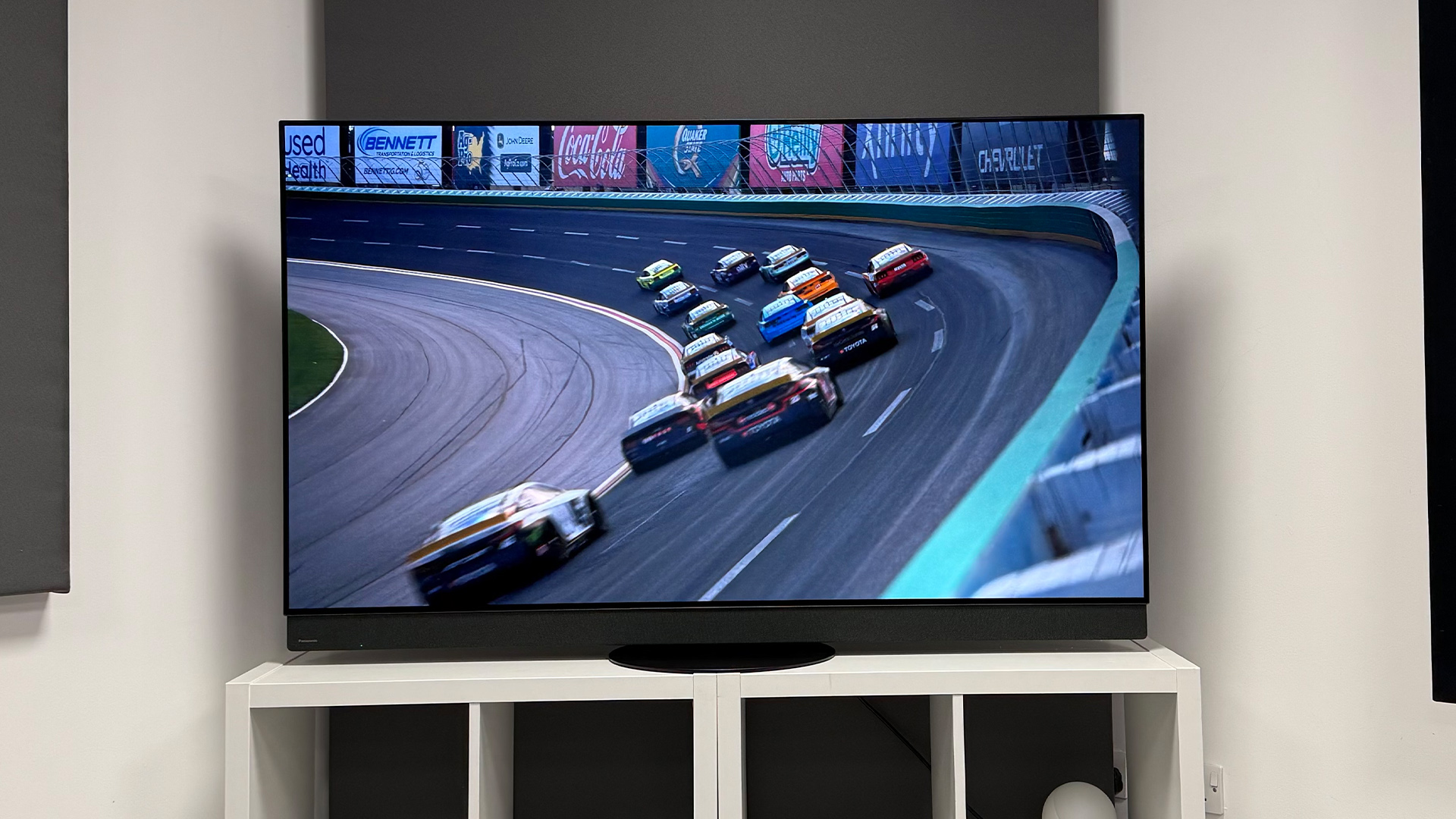
If you’re thinking about getting a new TV and have shortlisted Panasonic as a key brand to consider, then we have some good news for you.
Specifically, that there are a wealth of great options from the Japanese tech giant on offer at the moment.
We know that as we’ve spent the past few months locked in our windowless home cinema test rooms reviewing some of its latest models, running them head-to-head with rivals to make sure they truly are worth your hard earned money.
We generally recommend not committing yourself to a brand and checking out our best OLED TV and best TV guides for a wider selection of options, ranking the top sets we’ve tested holistically.
But, if you’re dead-set on your next set coming from Panasonic, we can safely say if you opt for one of the options on this list, you will be treated to a fantastic TV that is an excellent choice for its target audience.
You can get a detailed breakdown of how we test Panasonic TVs at the bottom of this page. The Cliff Notes is that we run them through the exact same comparative testing process as every other TV we review.

I'm What Hi-Fi?'s TV and AV Editor, and in the near two decades that I’ve been testing home cinema products I’ve learned a lot about what makes a good TV. I’m also a bit of a movie buff, so Panasonic’s connections with Hollywood really appeal to me. I’ve been known to put in the odd lap or 50 on Forza Motorsport, too, so I know what to look for when it comes to gaming features and performance as well.
29th August 2025: We replaced the Z95A with the new Z95B as our recommended premium Panasonic TV. The 48-inch Z90B was added as the best small TV and the W90A copy updated to reflect changes in its price and position in the market.
- Shop today's best TV deals
The quick list

Best premium
The Z95B is Panasonic’s latest flagship OLED and while it’s the most expensive option on this list, it’s also the top performer.
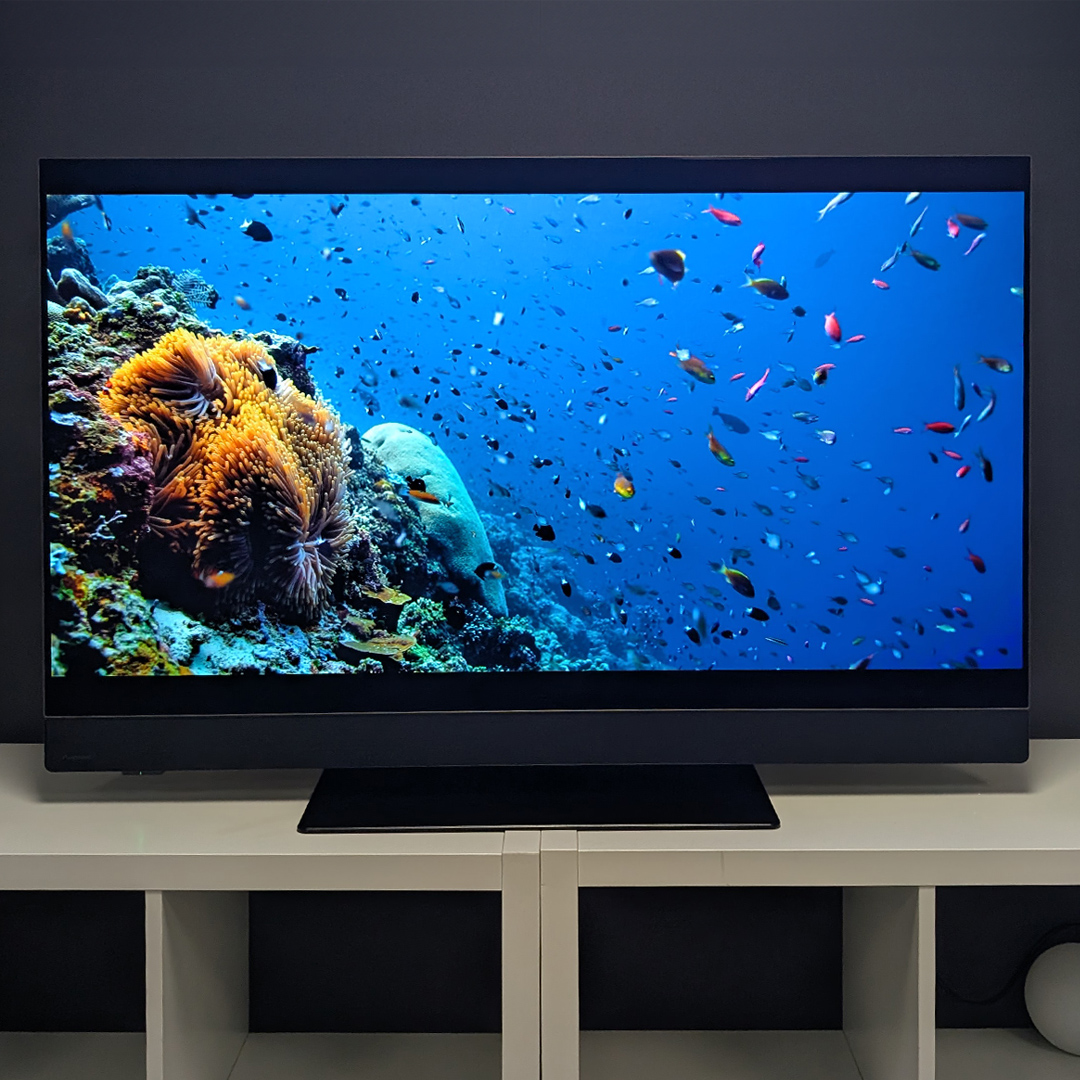
Best small
Good, small OLED TVs are increasingly rare. Thankfully the Z90B fits both these criteria, based on our latest testing.

Best value
The W90A is the cheapest Panasonic TV we’ve reviewed and currently recommend, offering surprisingly accurate colours and a pleasingly balanced performance during our tests.
Best premium
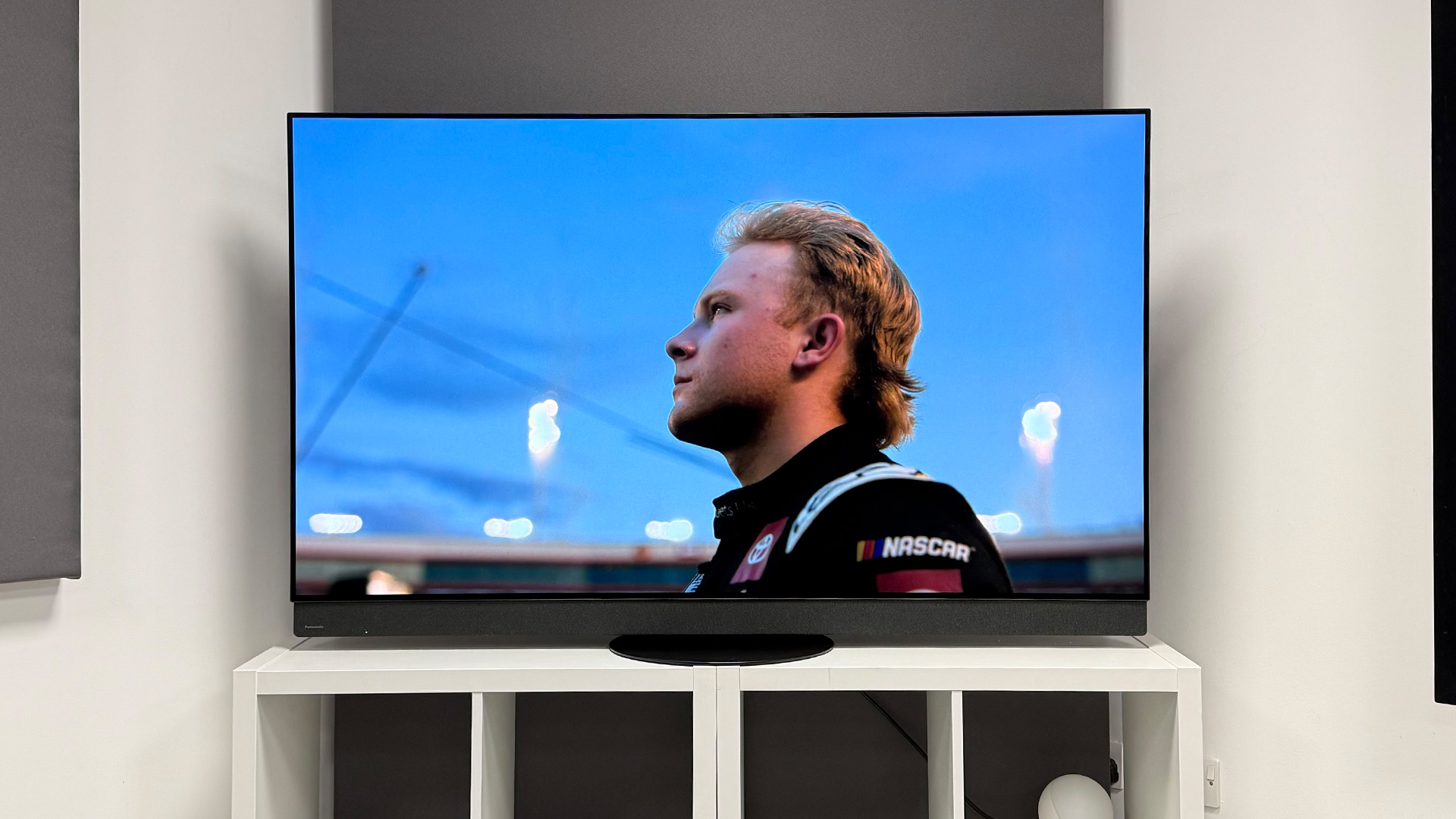
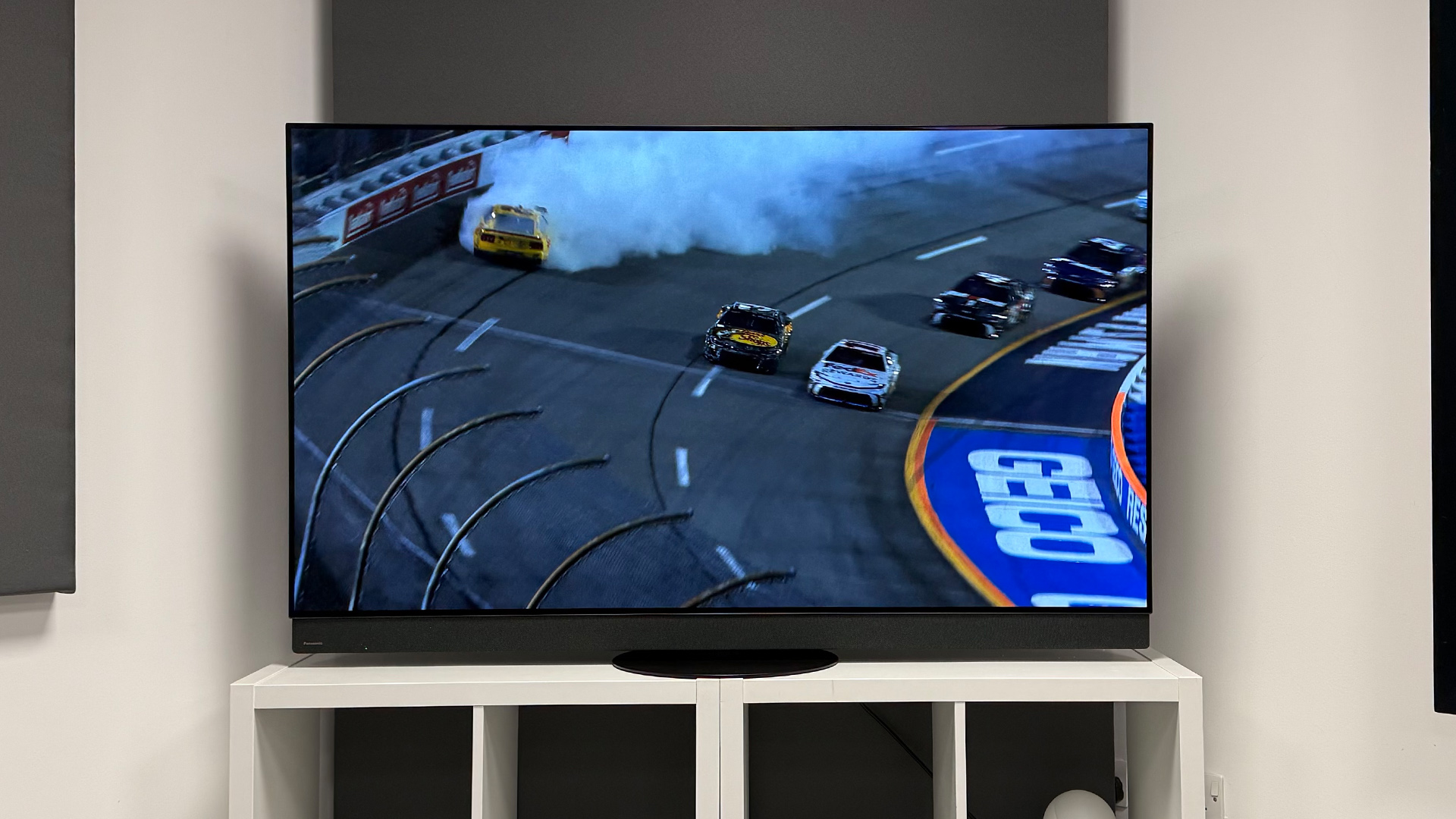
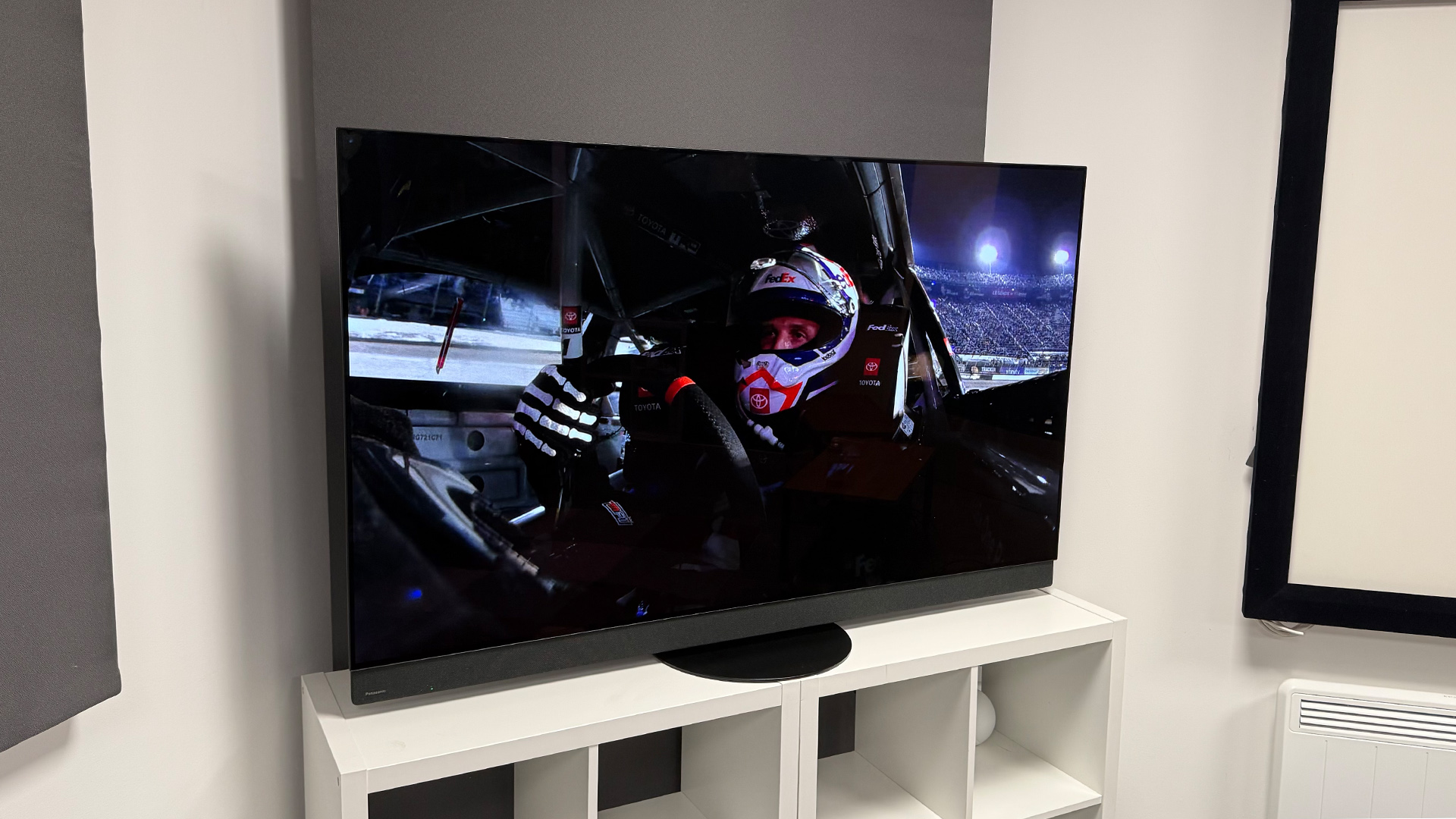
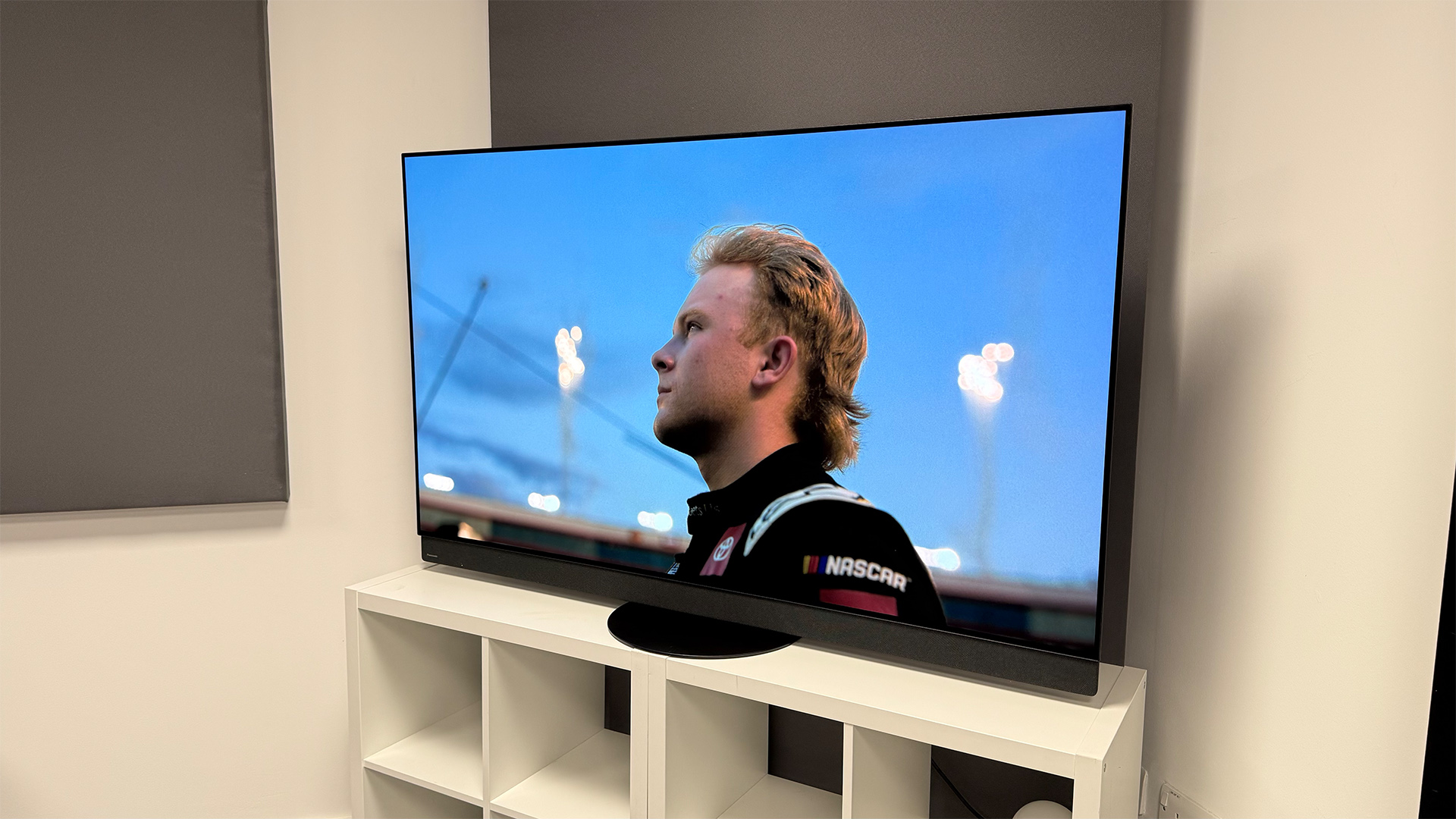


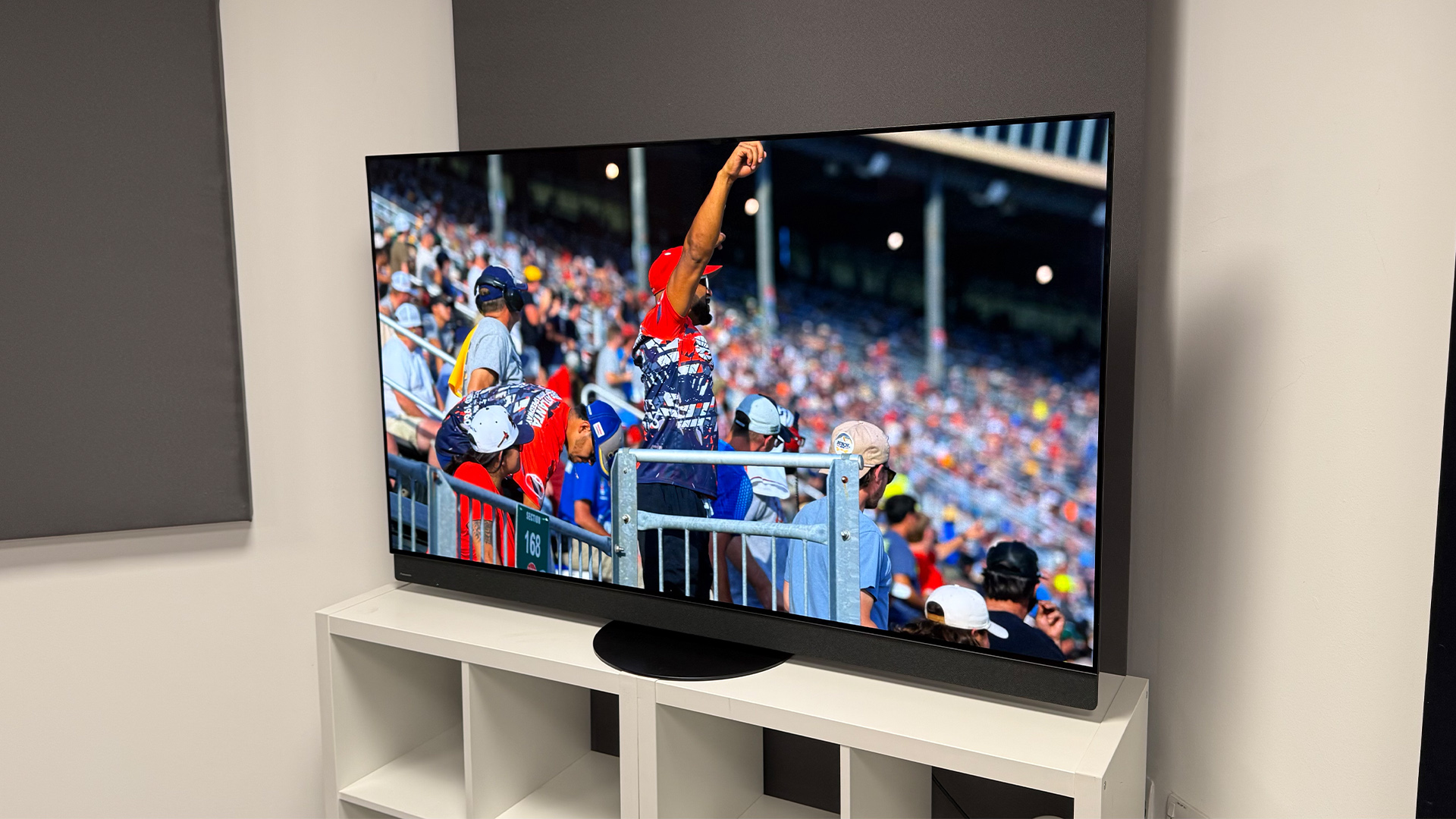
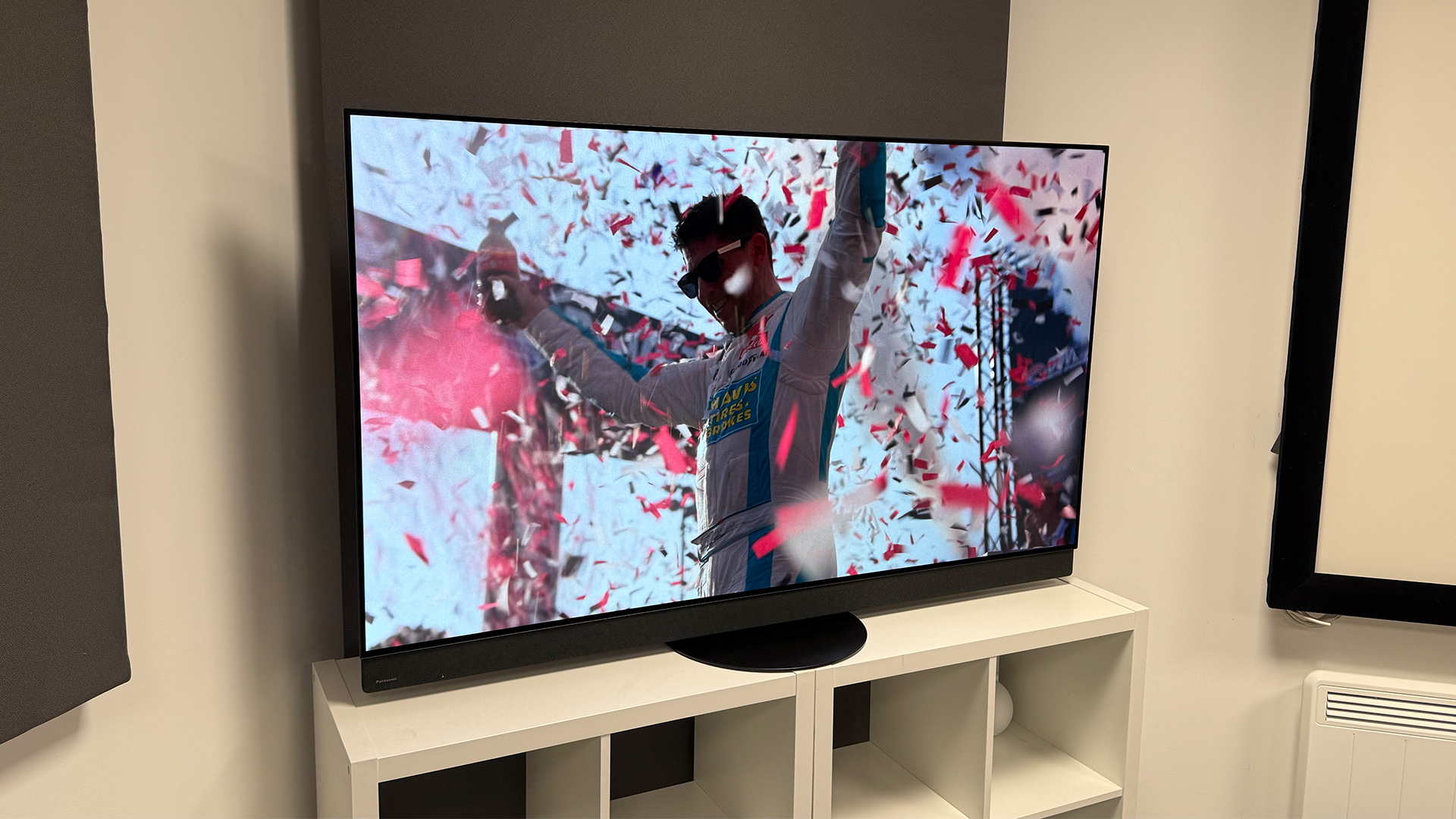
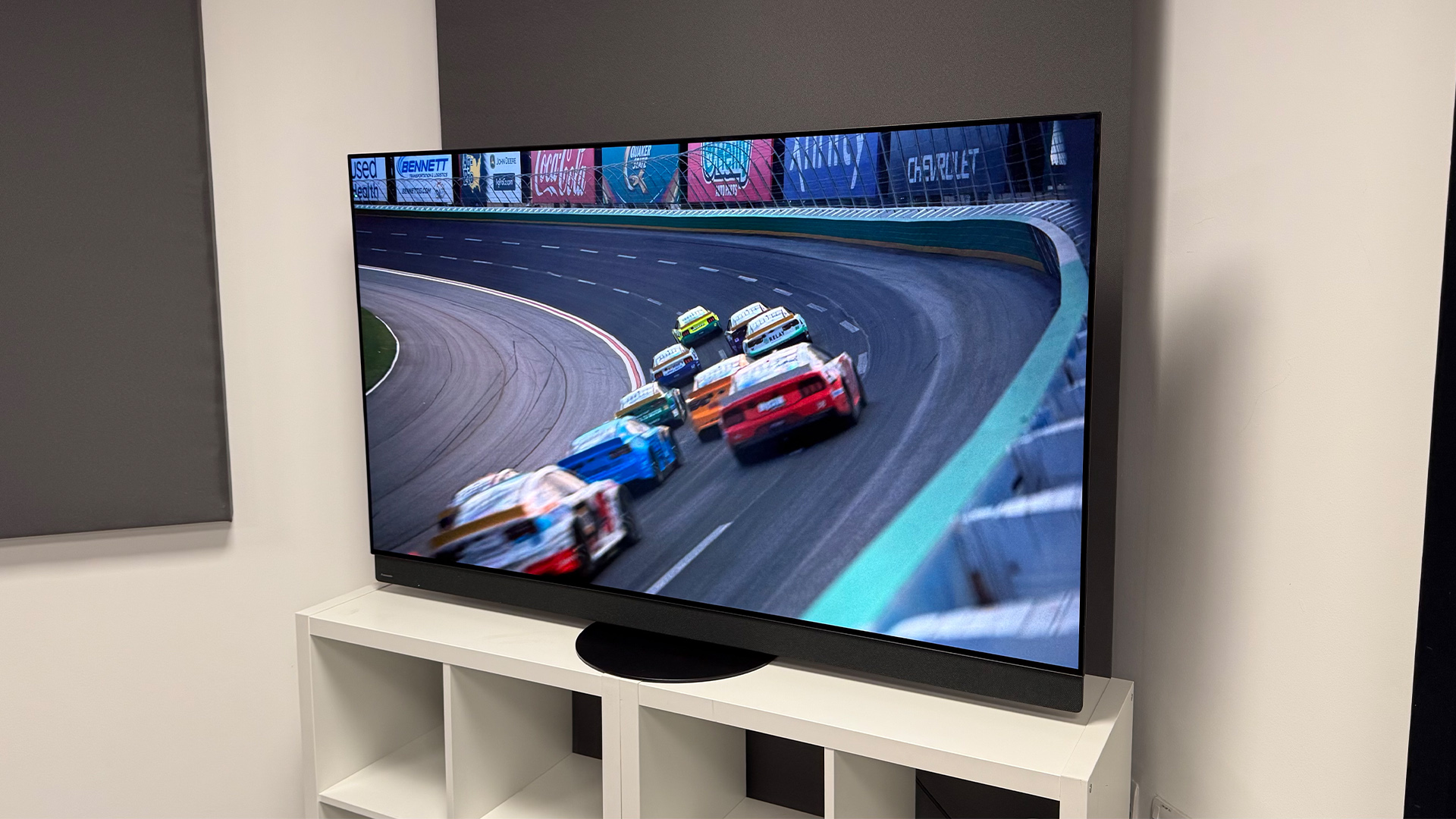
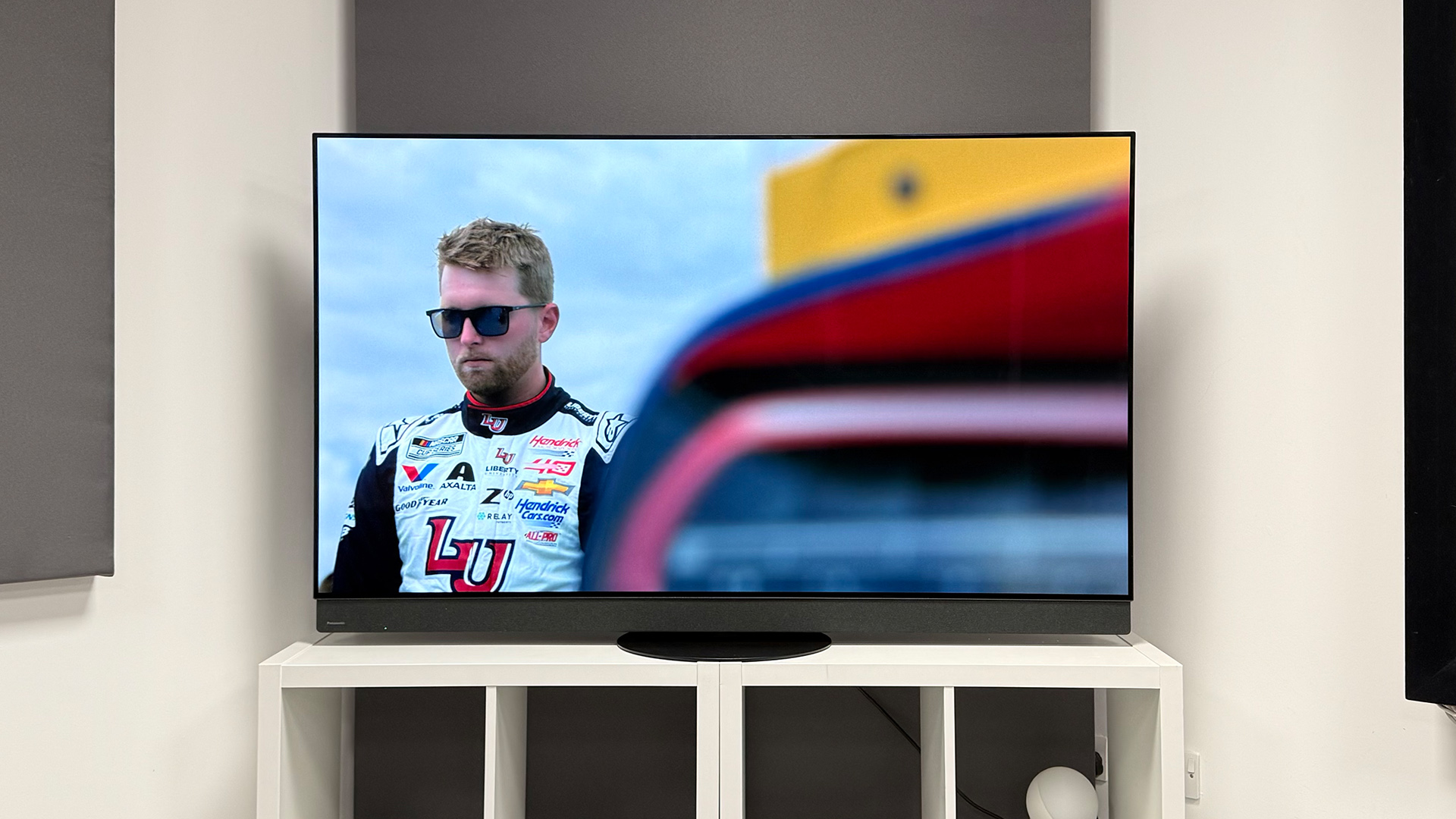


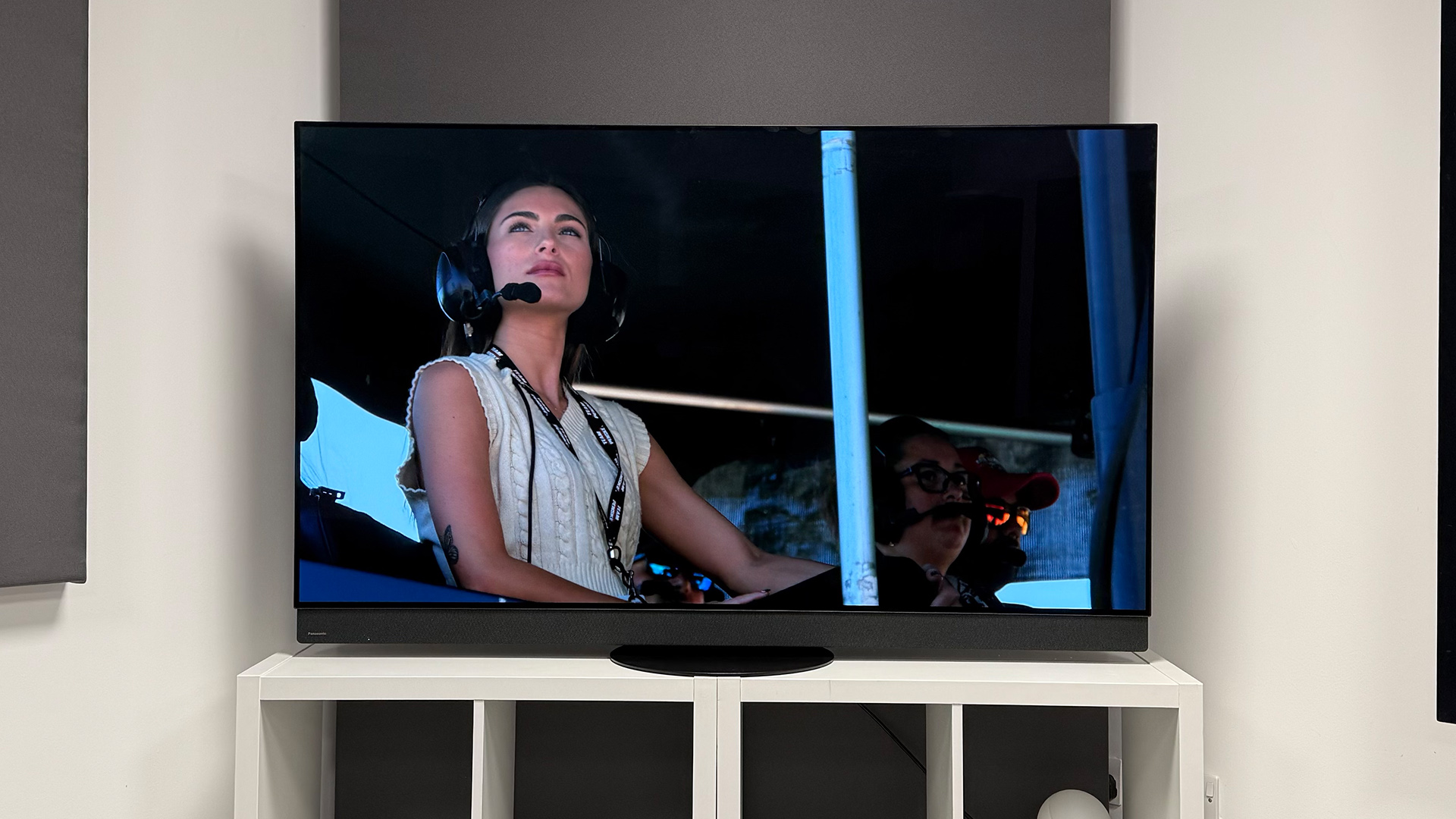
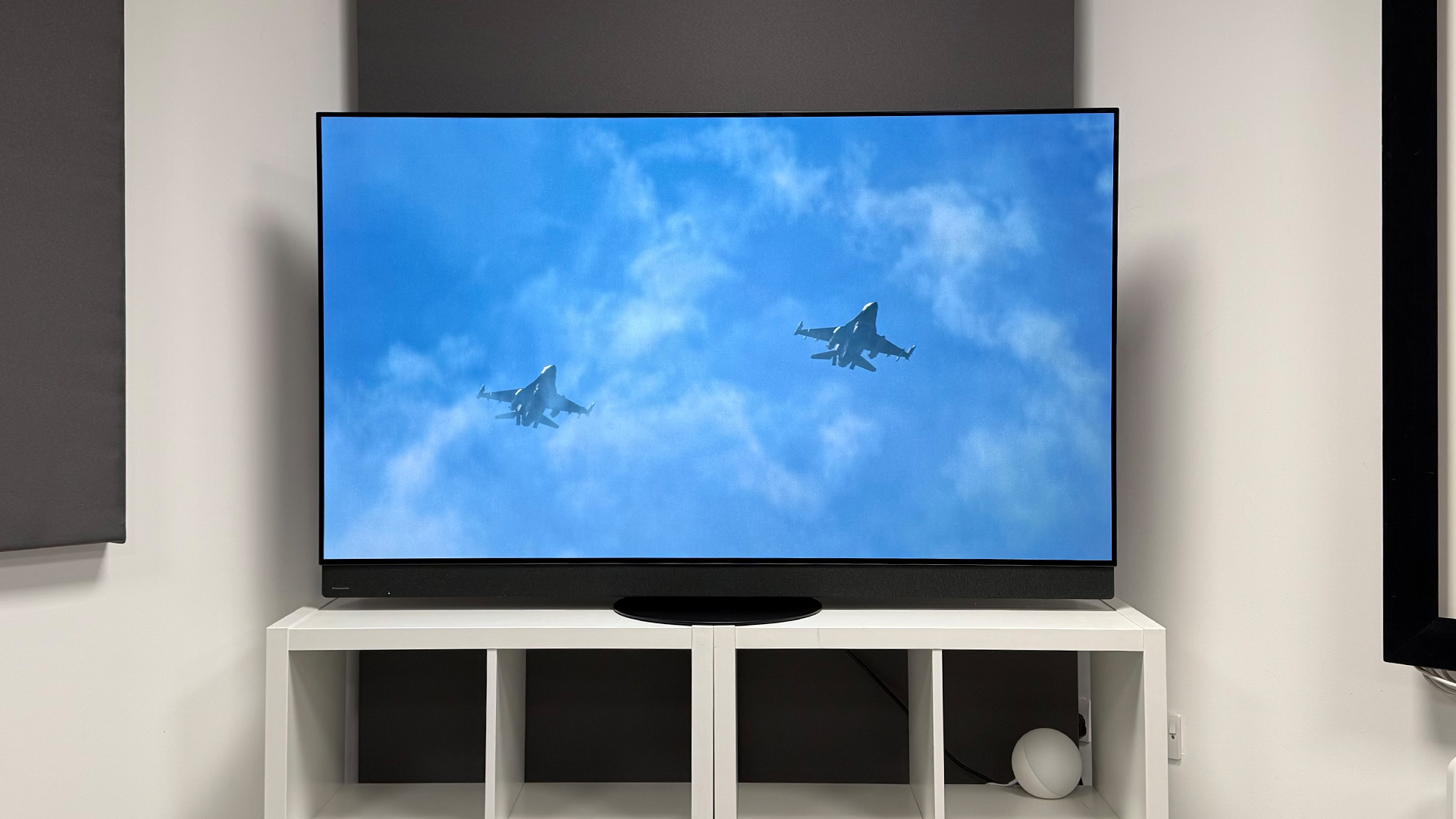
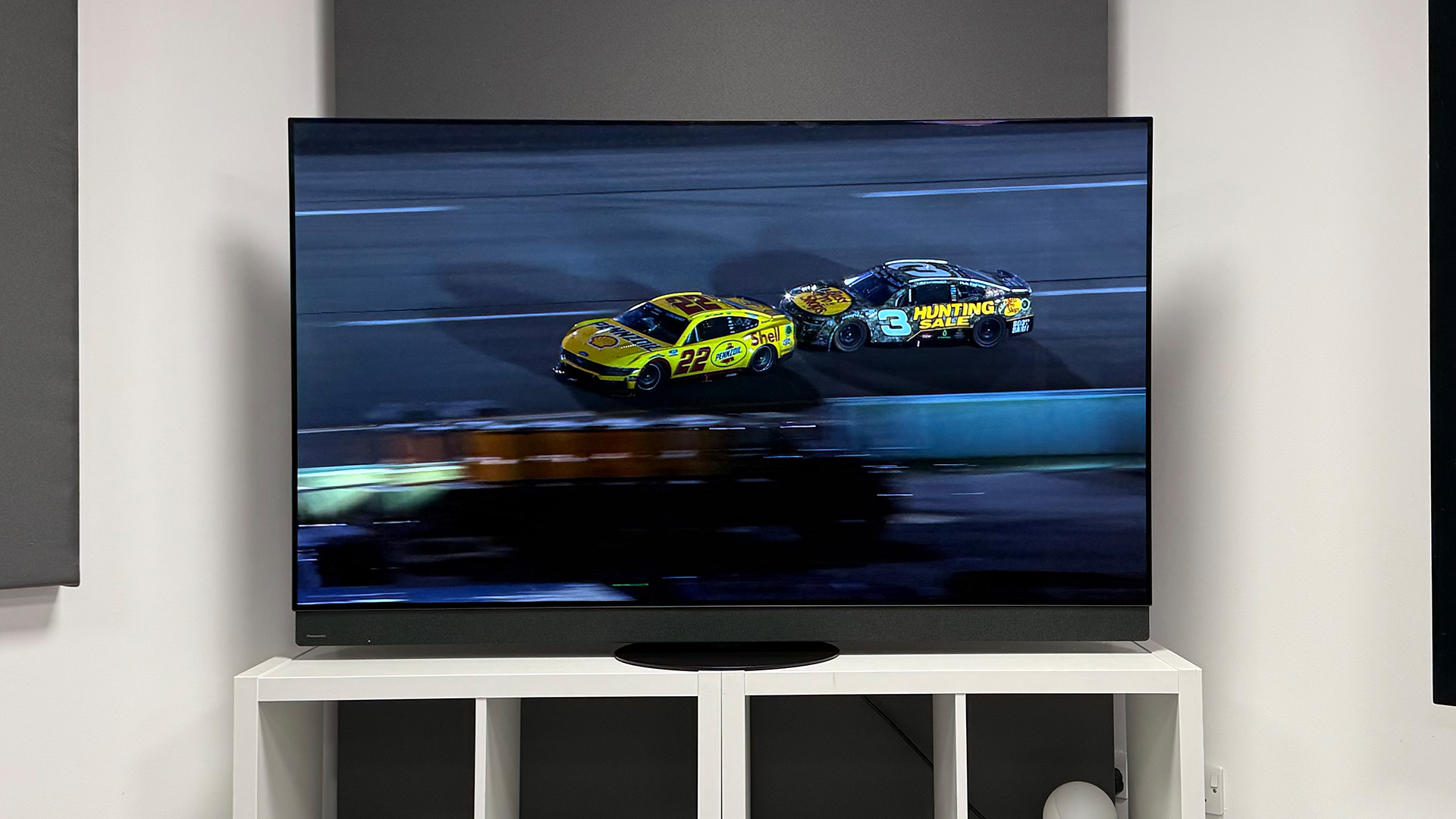

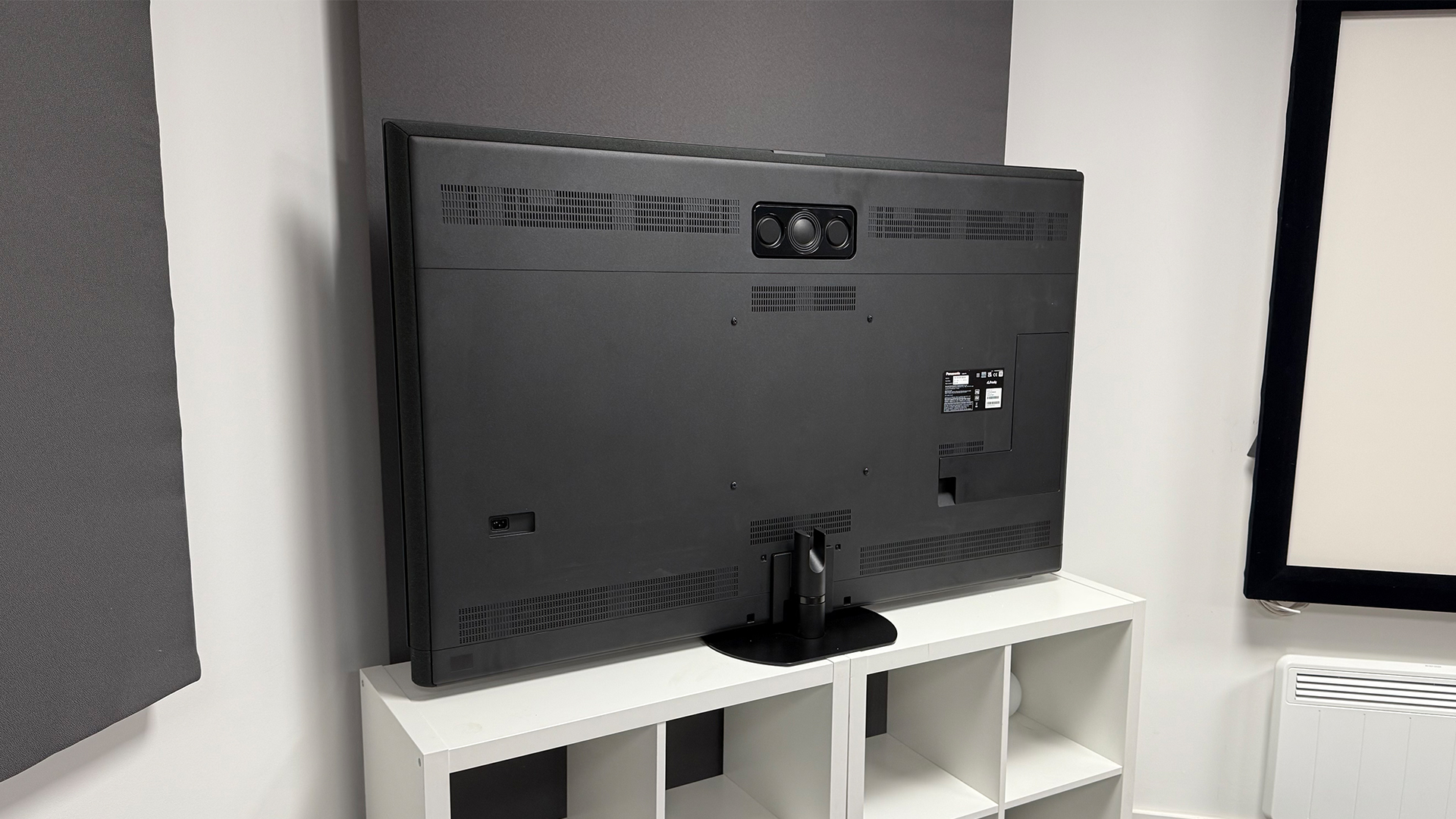
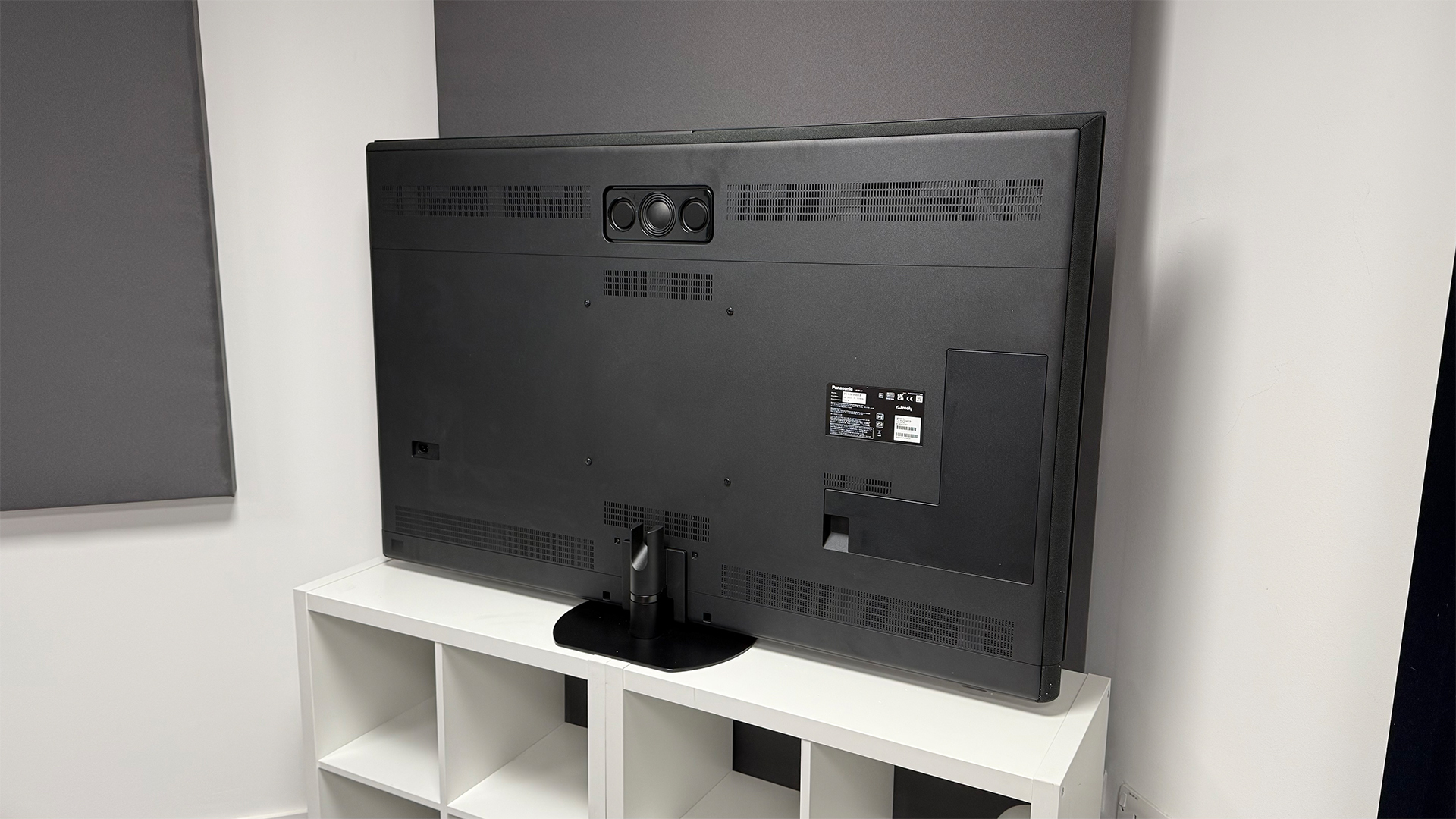


Specifications
Reasons to buy
Reasons to avoid
The Z95B is a premium, flagship OLED TV designed to take on key rivals, including the five-star Sony Bravia 8 II, LG G5 and Samsung S95F.
And while it takes a bit of fandangoing in its settings to get the best results, having run it directly against all the rivals mentioned above, for a certain type of movie fan it’s a fantastic option.
This was evident the moment we powered up the set and started running it through our standard suite of test discs and were greeted with the same controlled experience Panasonic sets have become famous for.
Interestingly, the TV doesn’t burn as bright as many flagship OLEDs this year, despite featuring the same Primary RGB Tandem OLED panel tech as the G5. Panasonic has focussed on making sure colours and contrast remain accurate rather than offering the highest peak brightness possible.
While some will feel this makes it less “exciting” to look at in some instances, the focus on controlling the panel’s peak brightness gives it a more consistent and in many ways authentic feel – hence its five-star rating and current recommendation we give to any movie fan looking for an “as the director intended” experience.
As we said in our full Panasonic Z95B review: “It requires some time and attention in order to get the best out of it, but once you have it dialled in, you can expect to be rewarded with a rich, authentic and engaging picture.”
Outside of this we only have two words of caution.
First, while the in-built, tuned by Technics, Dolby Atmos soundbar system is good by TV standards, you’ll get far better results with a price appropriate dedicated sound system – we’d personally recommend considering the Sonos Arc Ultra at this level.
Second, while it can run games at up to 4K/144Hz, the Z95B only has two HDMI 2.1 inputs, one of which doubles as its eARC.
These are necessary to run current generation games consoles and PCs above 60Hz. The eARC is required if you want to connect a Dolby Atmos sound system. So if you have lots of boxes that need these, prepare for a fair amount of cable swapping.
Read our full Panasonic Z95B review
Best small
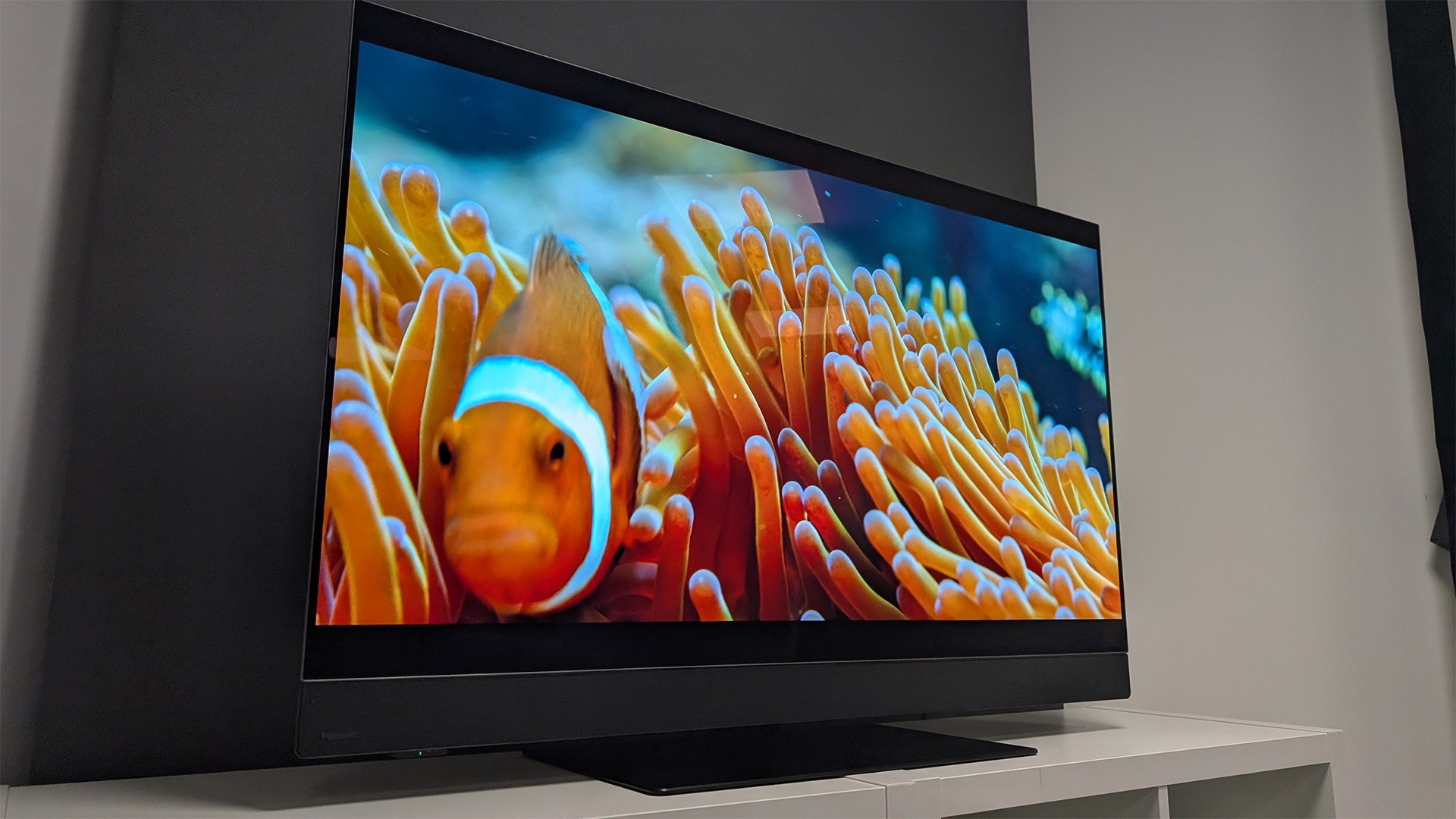
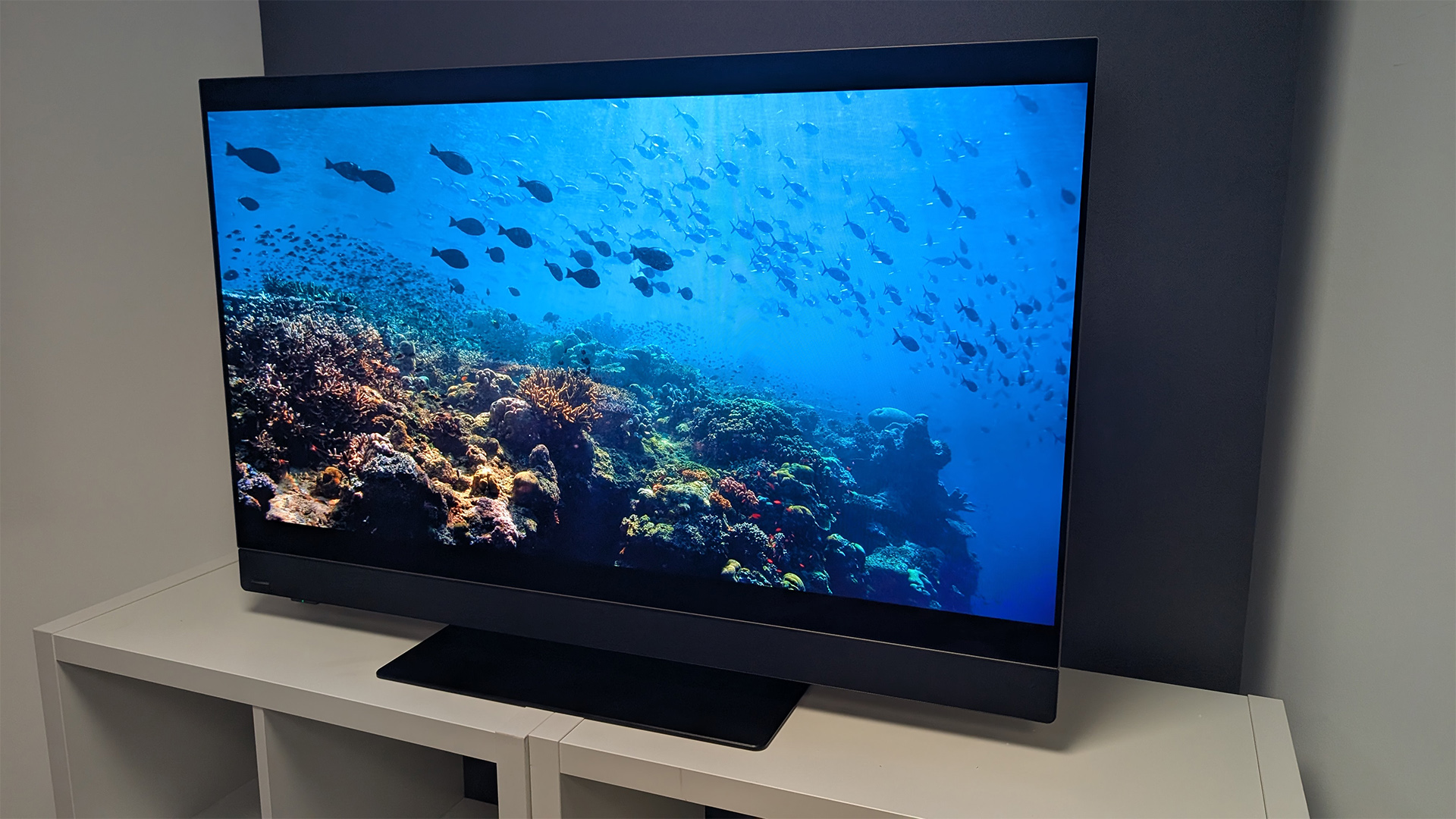



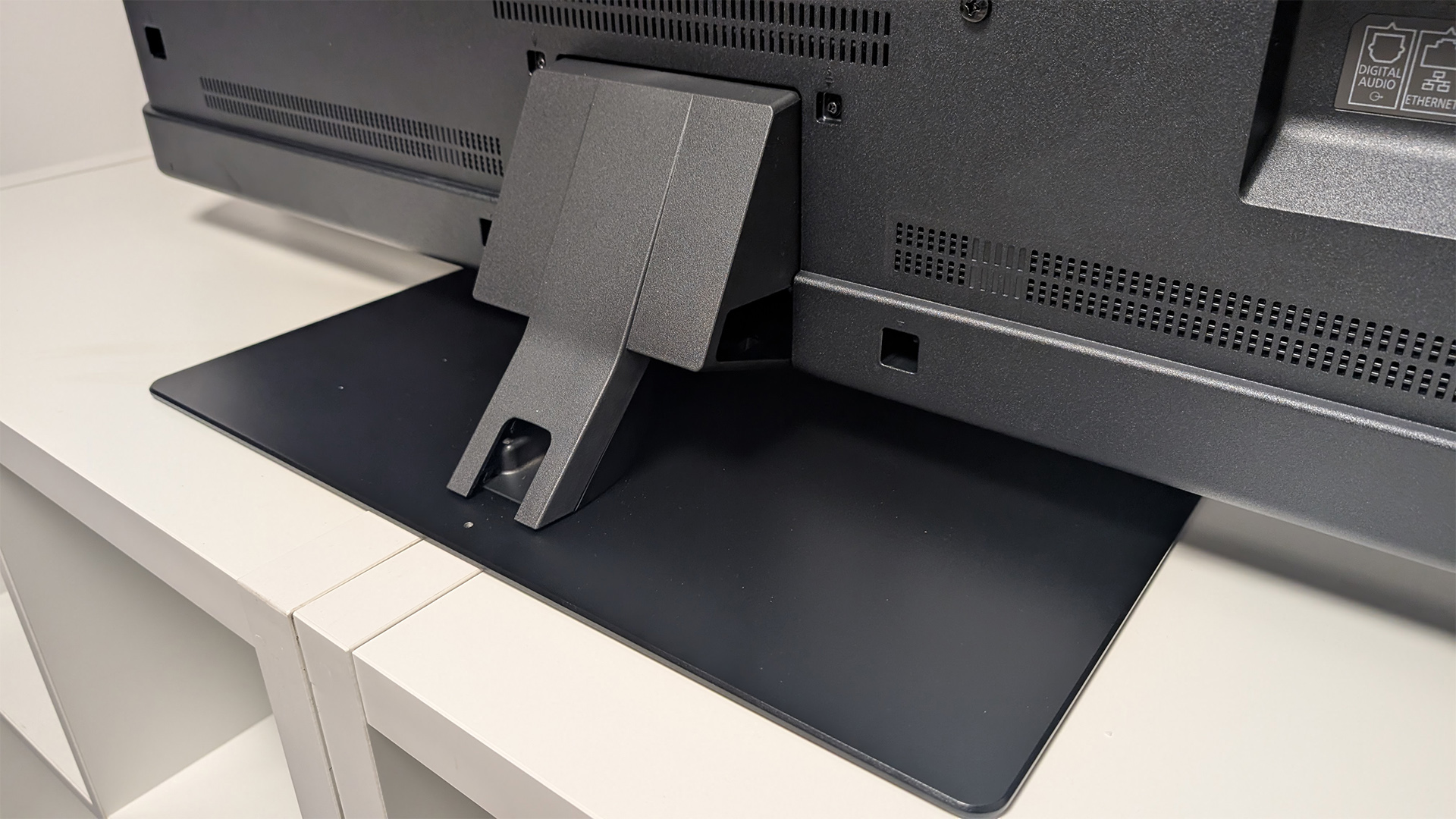
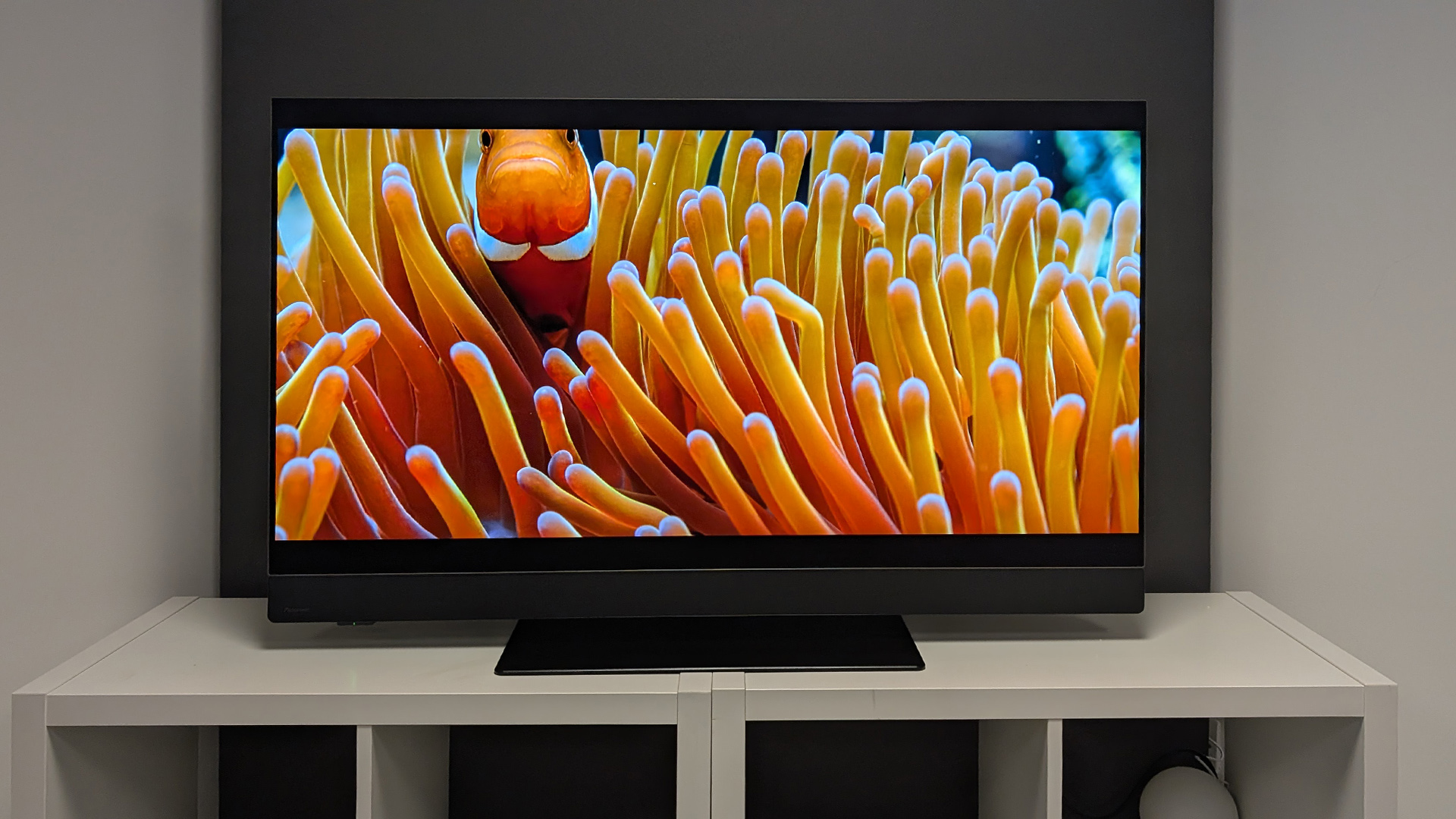



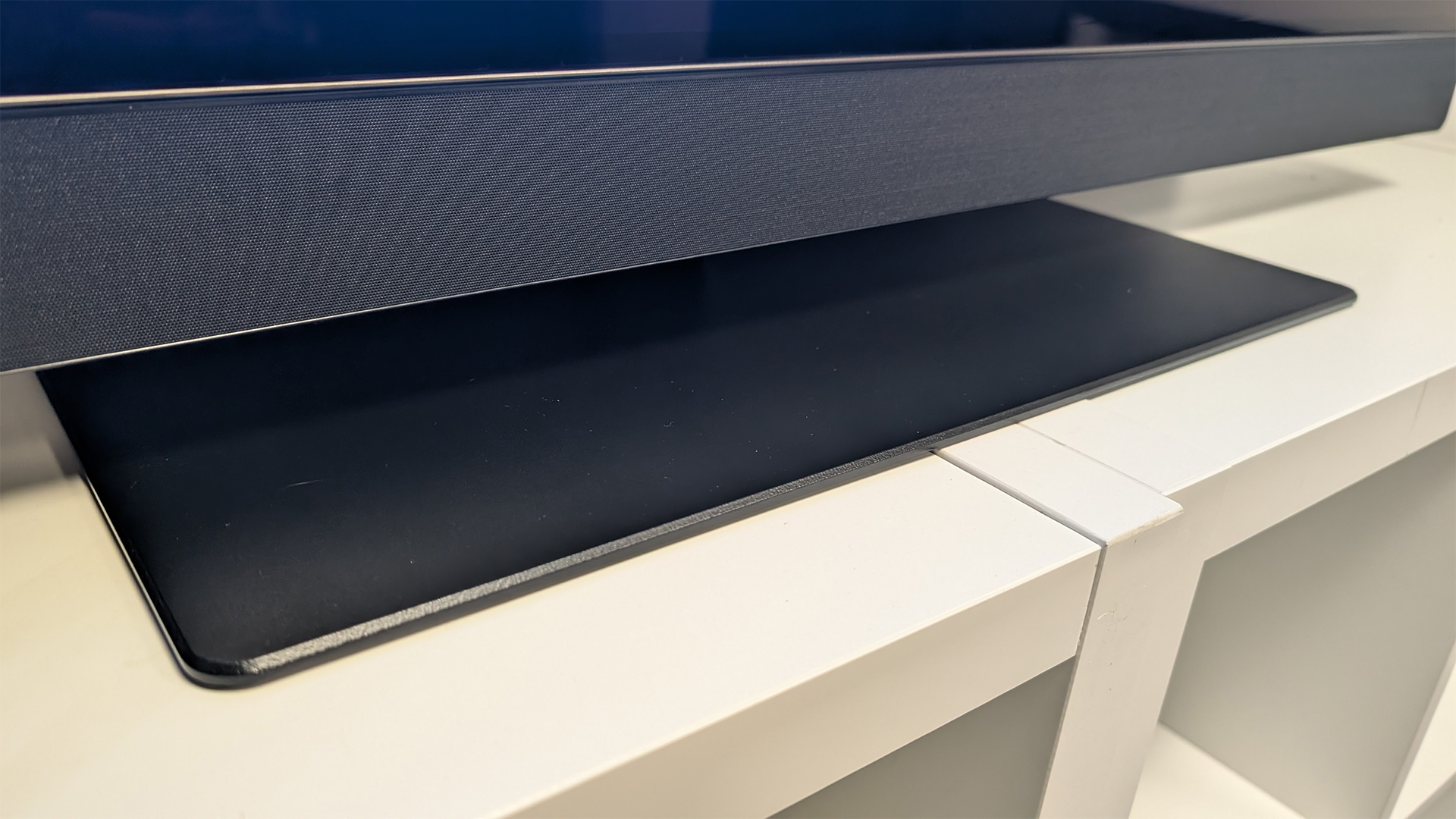

Specifications
Reasons to buy
Reasons to avoid
With Sony and Philips choosing not to bother launching 42- and 48-inch options this year, the small OLED TV market is getting, well, smaller.
Thankfully after testing the 48-inch Panasonic Z90B we can confirm it’s an excellent choice for serious movie fans that are tight on space, or simply don’t want a giant set dominating their living room.
The small-ish OLED doesn’t have a next generation Primary RGB tandem OLED panel, but it does have one key feature that its rivals, the 48-inch LG C5 and 48-inch Samsung S90F, don’t – a heatsink.
This is a key addition we’ve wanted on smaller step-down OLEDs for a while, as it helps the sets operate at lower temperatures and offers a little wiggle room for the makers to push the panels harder.
Though Panasonic doesn’t always take advantage of it for the latter, once again focusing on offering viewers uniformity and accuracy over a blow your socks off “wow” factor, the inclusion is still a welcome one.
Add to this its stellar picture quality, with it offering better low light colour volume than rivals during our checks, and it becomes an easy recommendation. Hence our reviewers’ glowing 48-inch Panasonic Z90B verdict:
“From sparkling desert dunes in sci-fi epics to cars thundering across a race track and heated conversations behind closed doors, every scene we threw at this set looked wonderfully authentic and weighty. If you want a 48-inch OLED TV and value cinematic authenticity, the Panasonic Z90B is currently the one to get.”
But, be warned, while the sound system is fine for casual viewing, it is very basic. During our checks nearly every part of the sound came from the centre of the TV and lacked any sense of directionality.
It also lacked the low-end heft required to make for a truly immersive movie watching experience. So, as always, budget for a price appropriate soundbar as well if you want the best results.
Gamers also be warned, like the Z95B above, it only has two HDMI 2.1 inputs, one of which doubles as its eARC.
So, if you have multiple consoles, PCs and a Dolby Atmos soundbar, which all require the inputs to run at full speed, you will have to contend with a fair amount of cable swapping.
Read our full 48-inch Panasonic Z90B review
The value
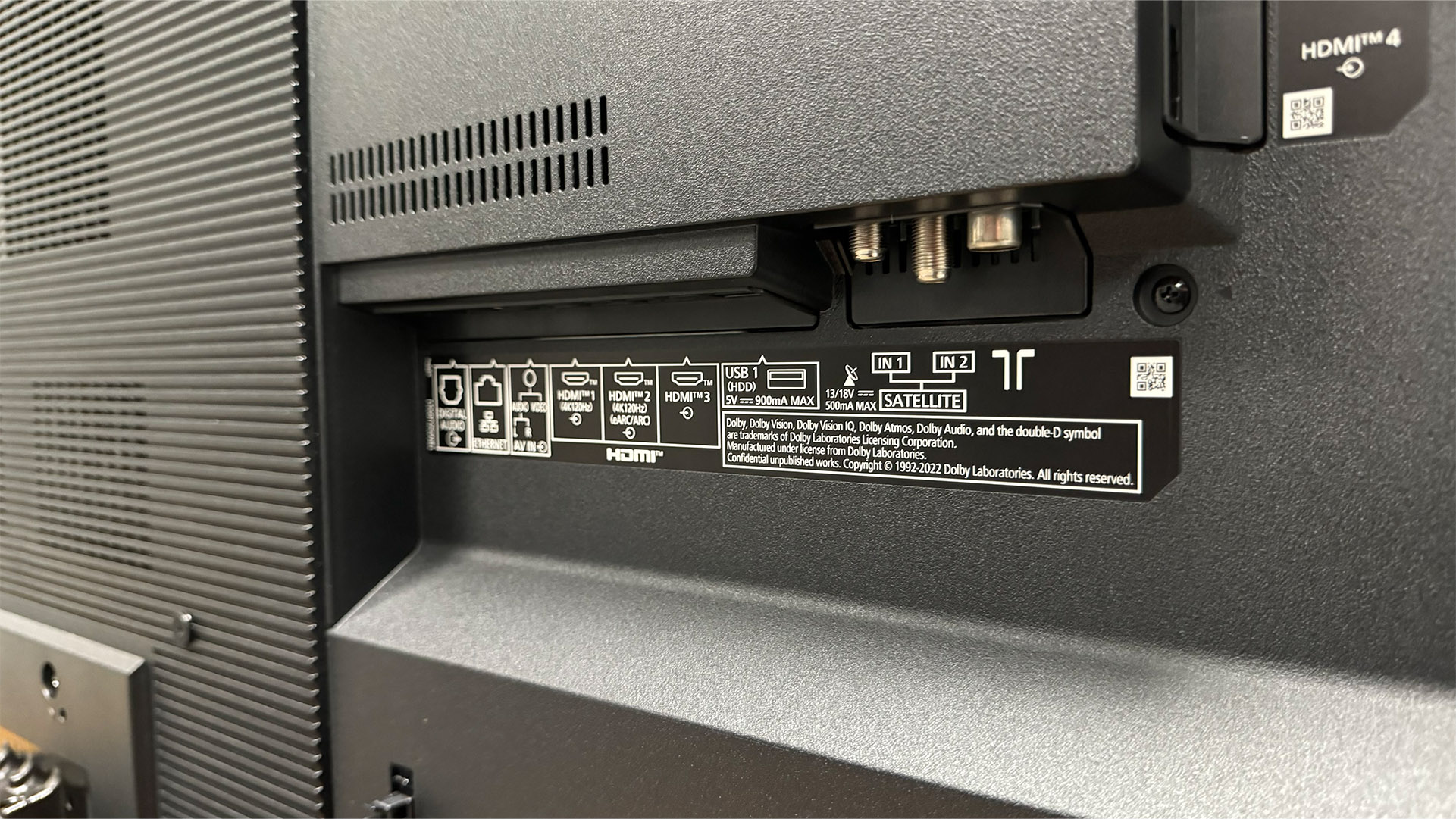
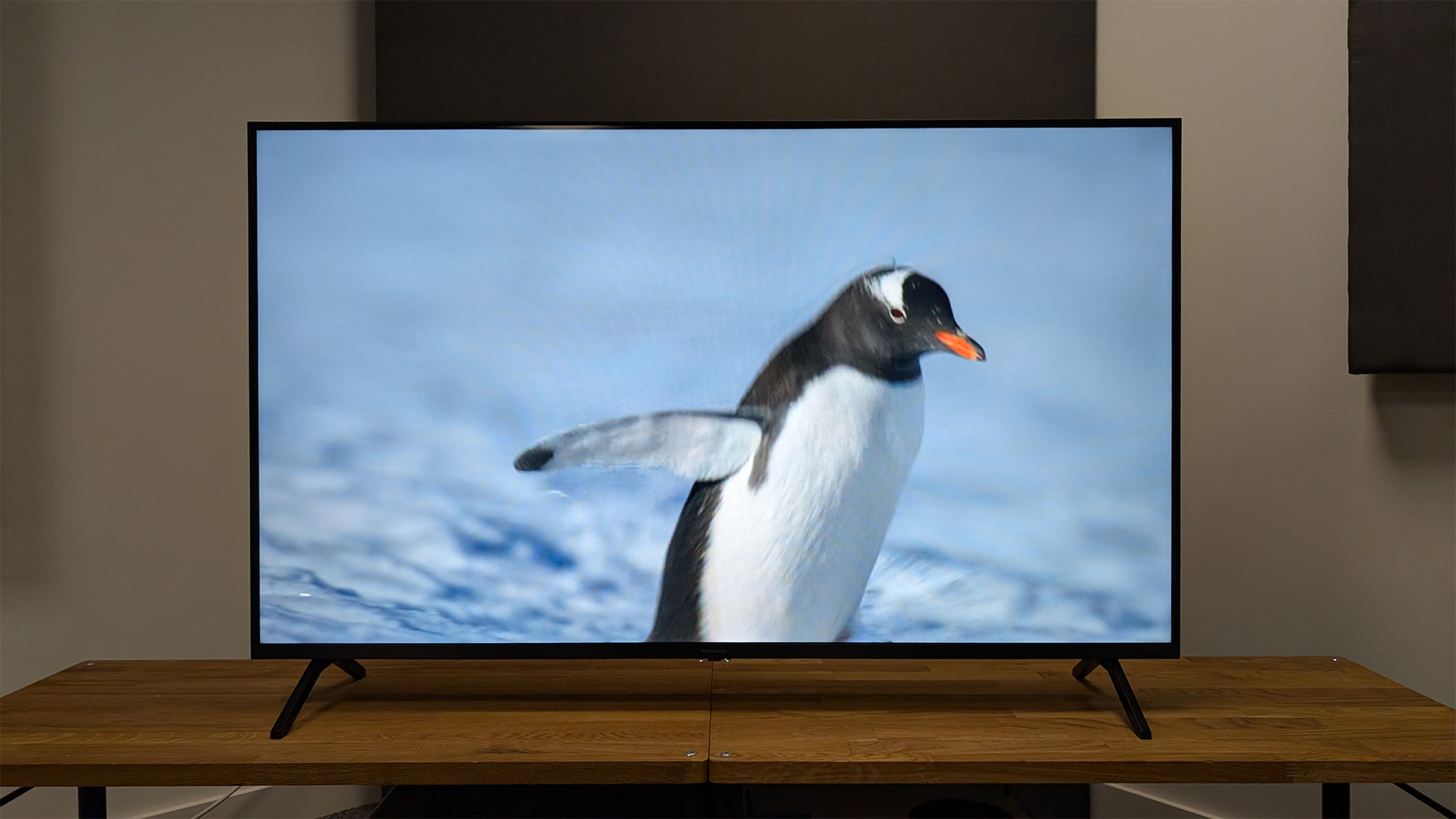
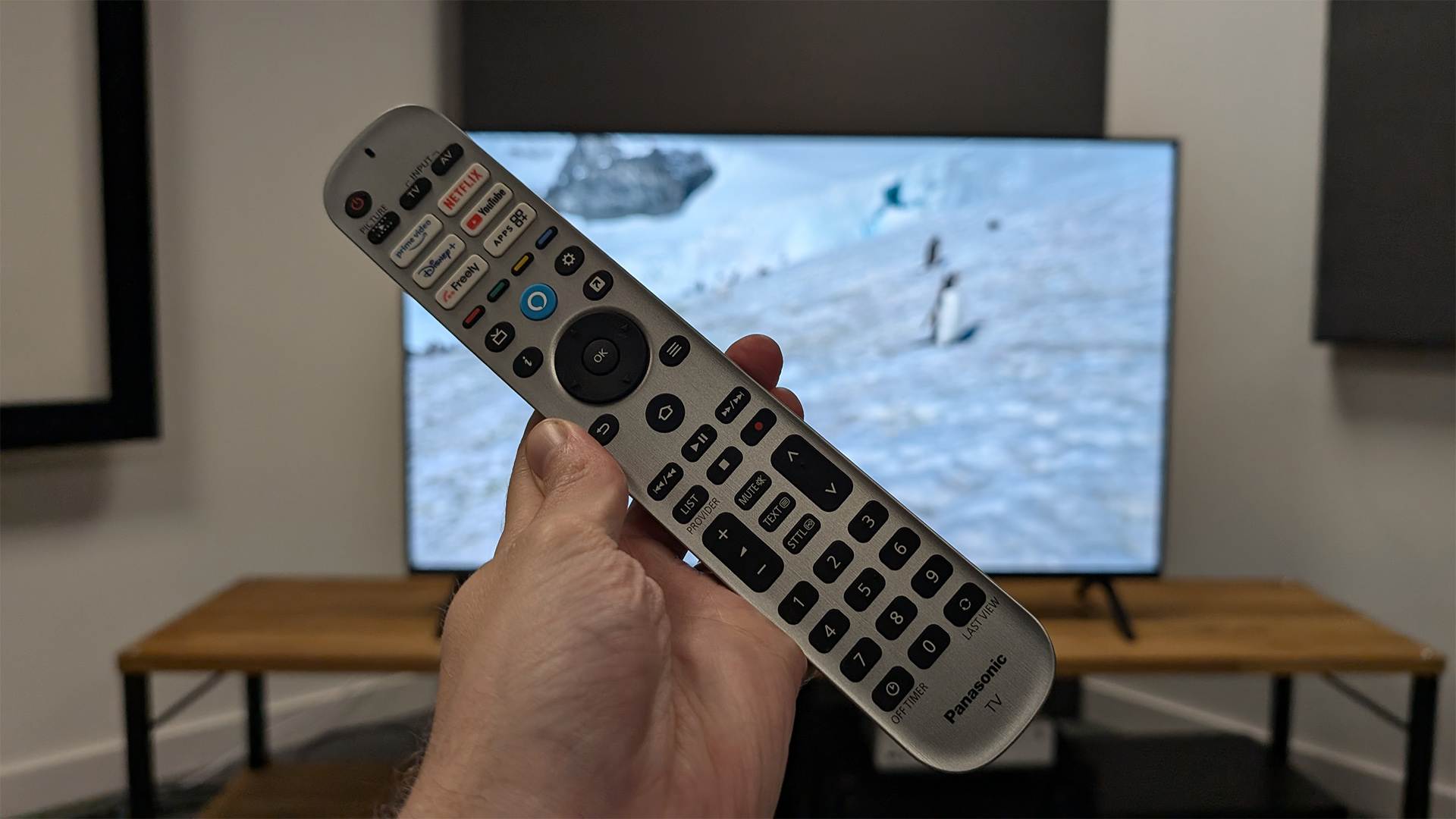
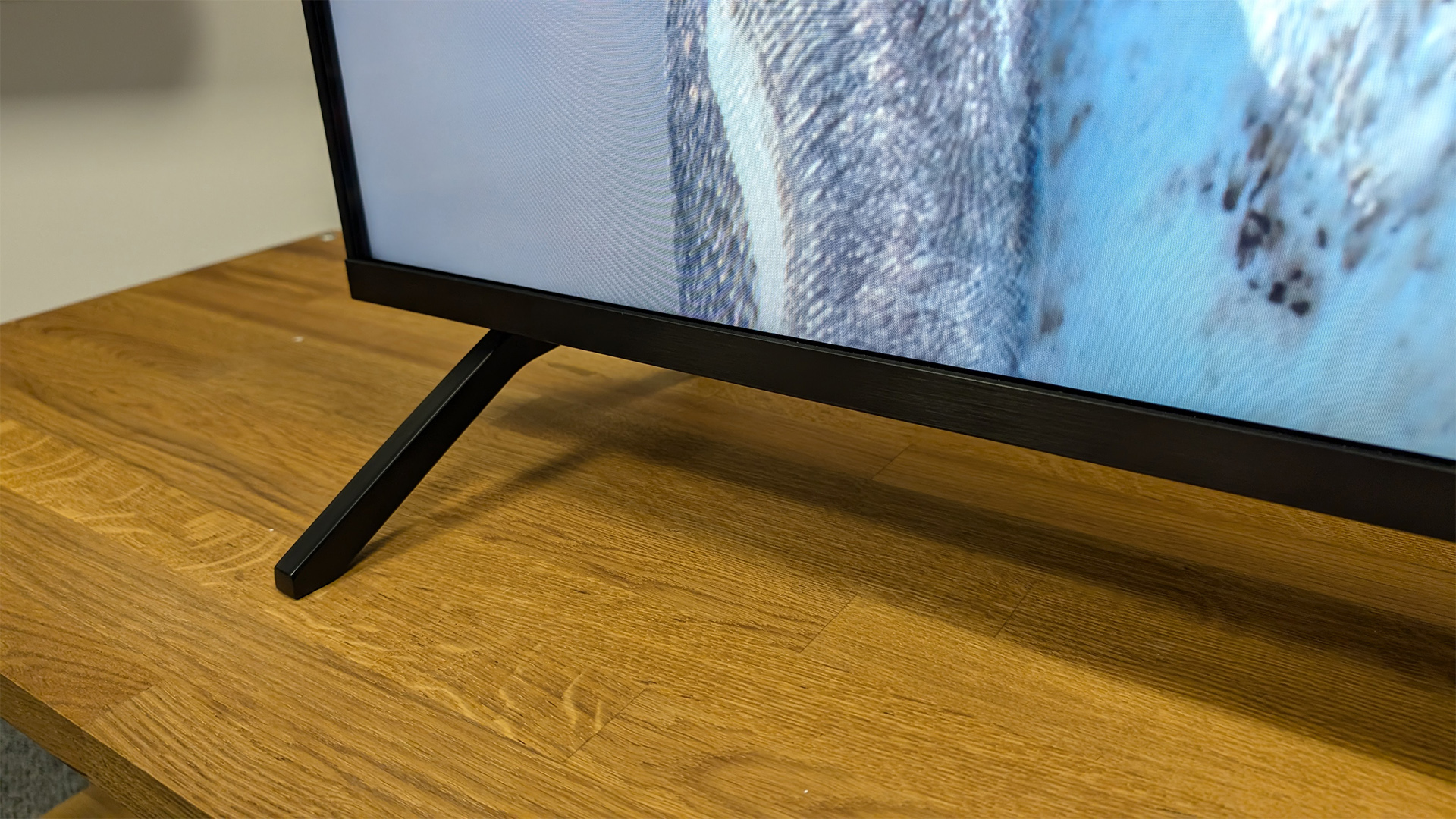
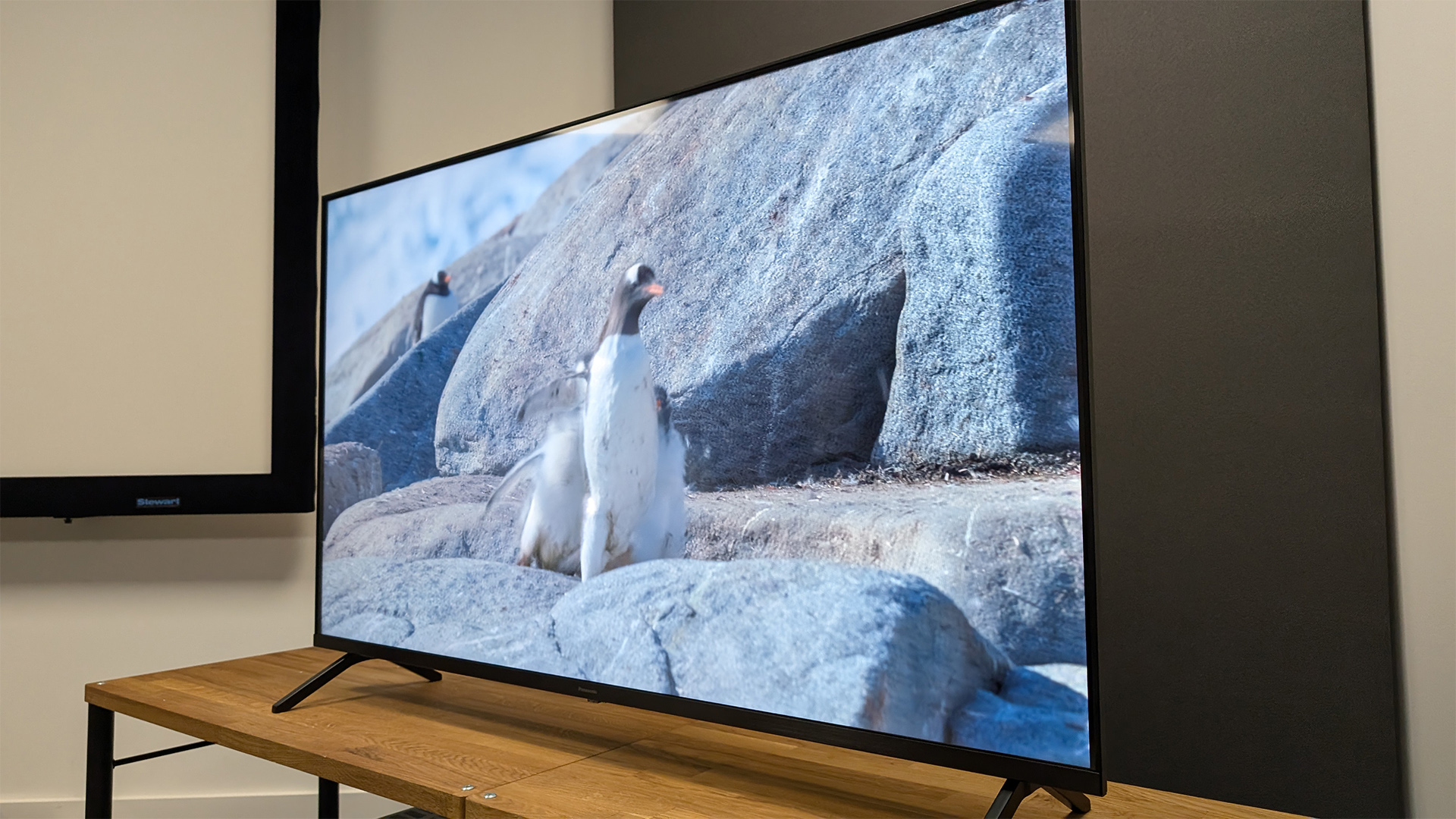


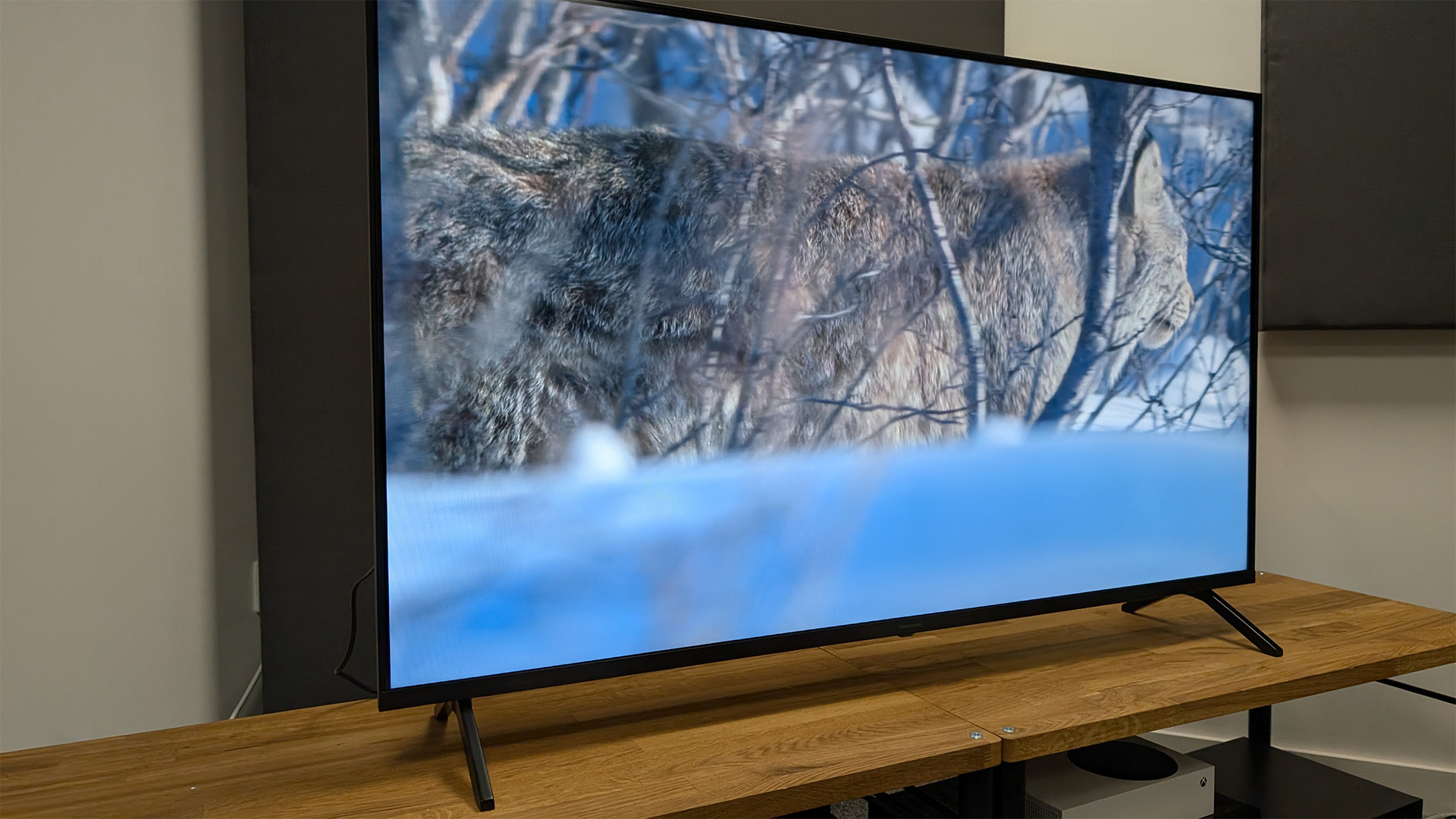


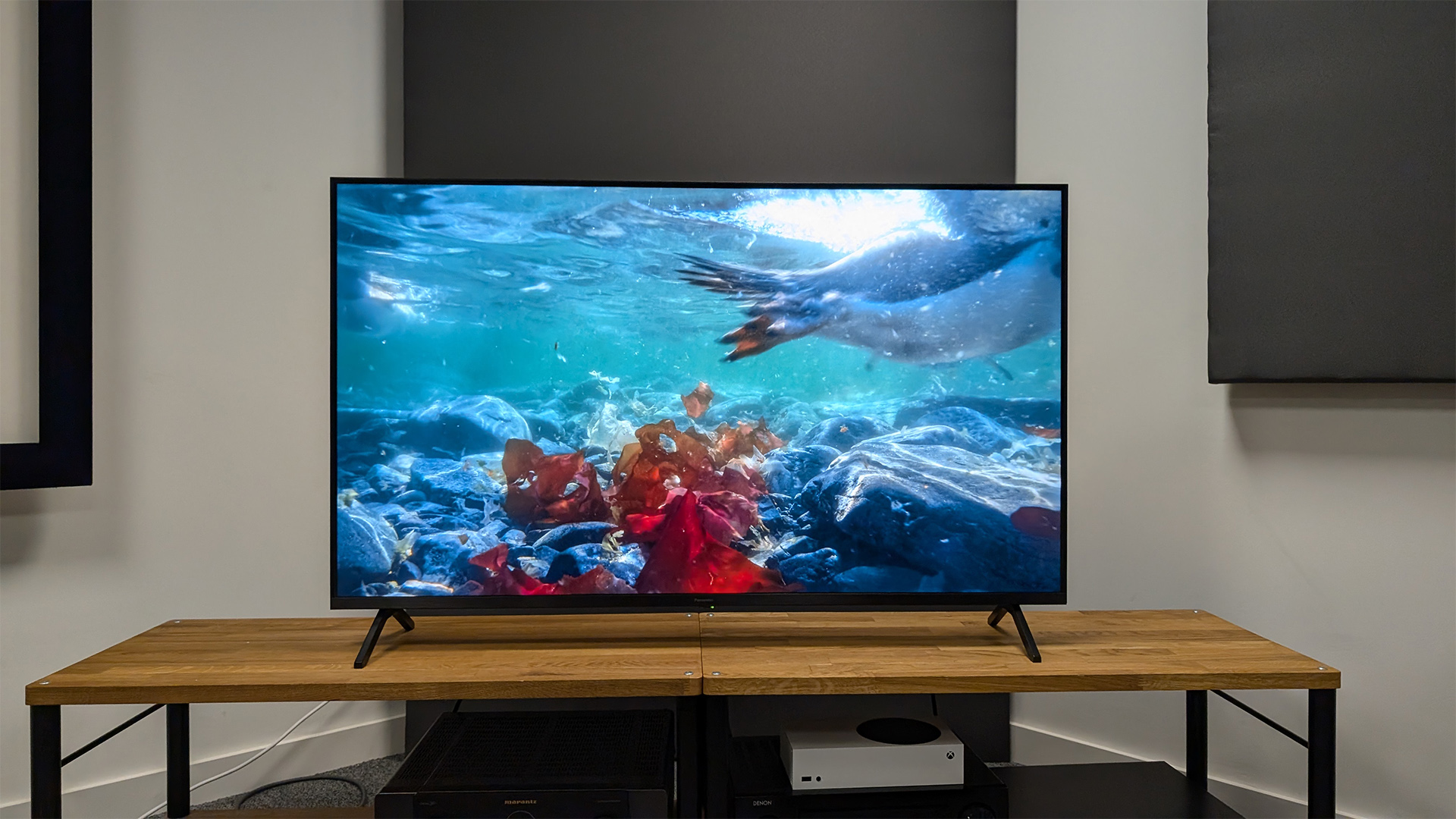
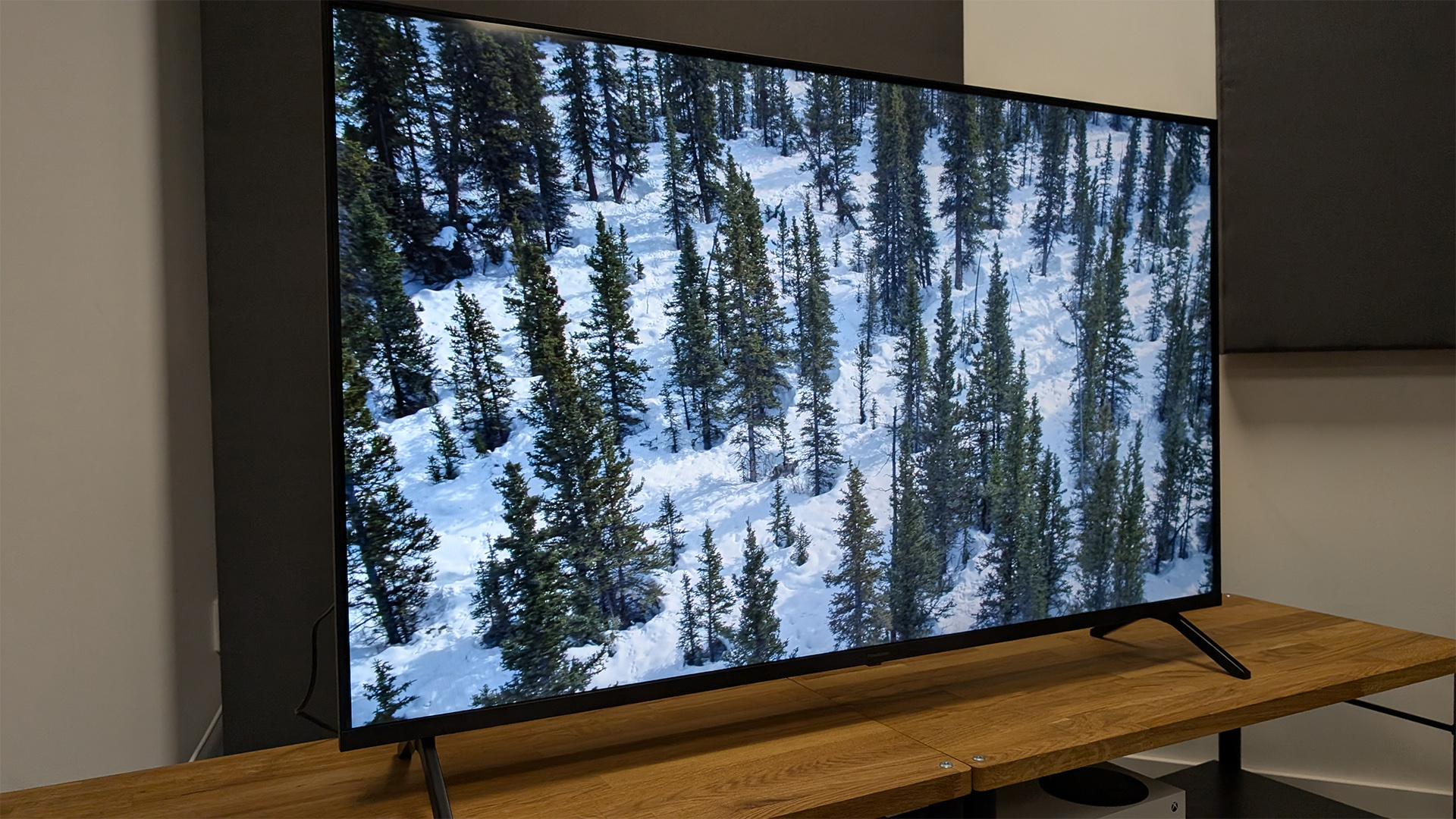
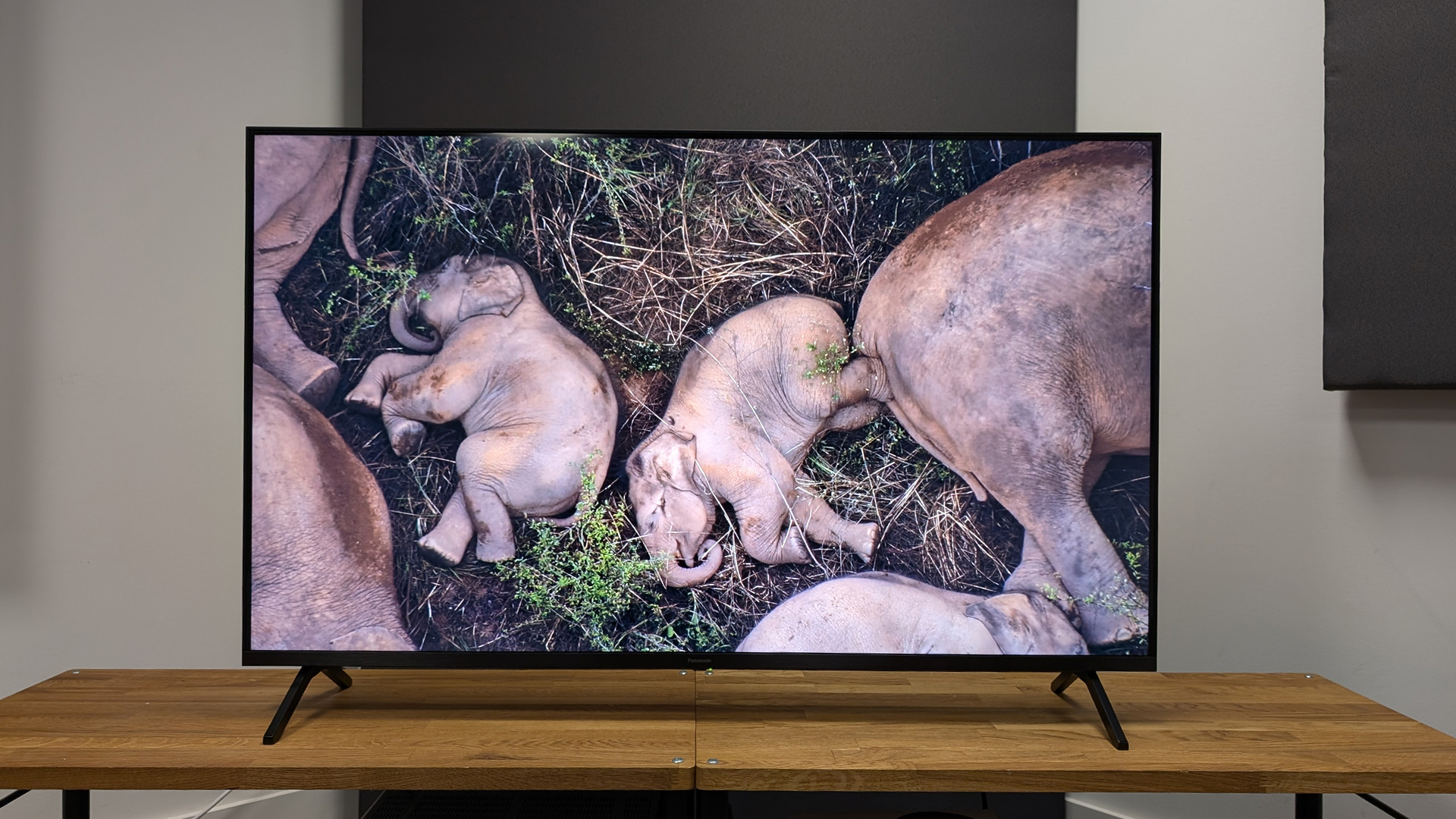
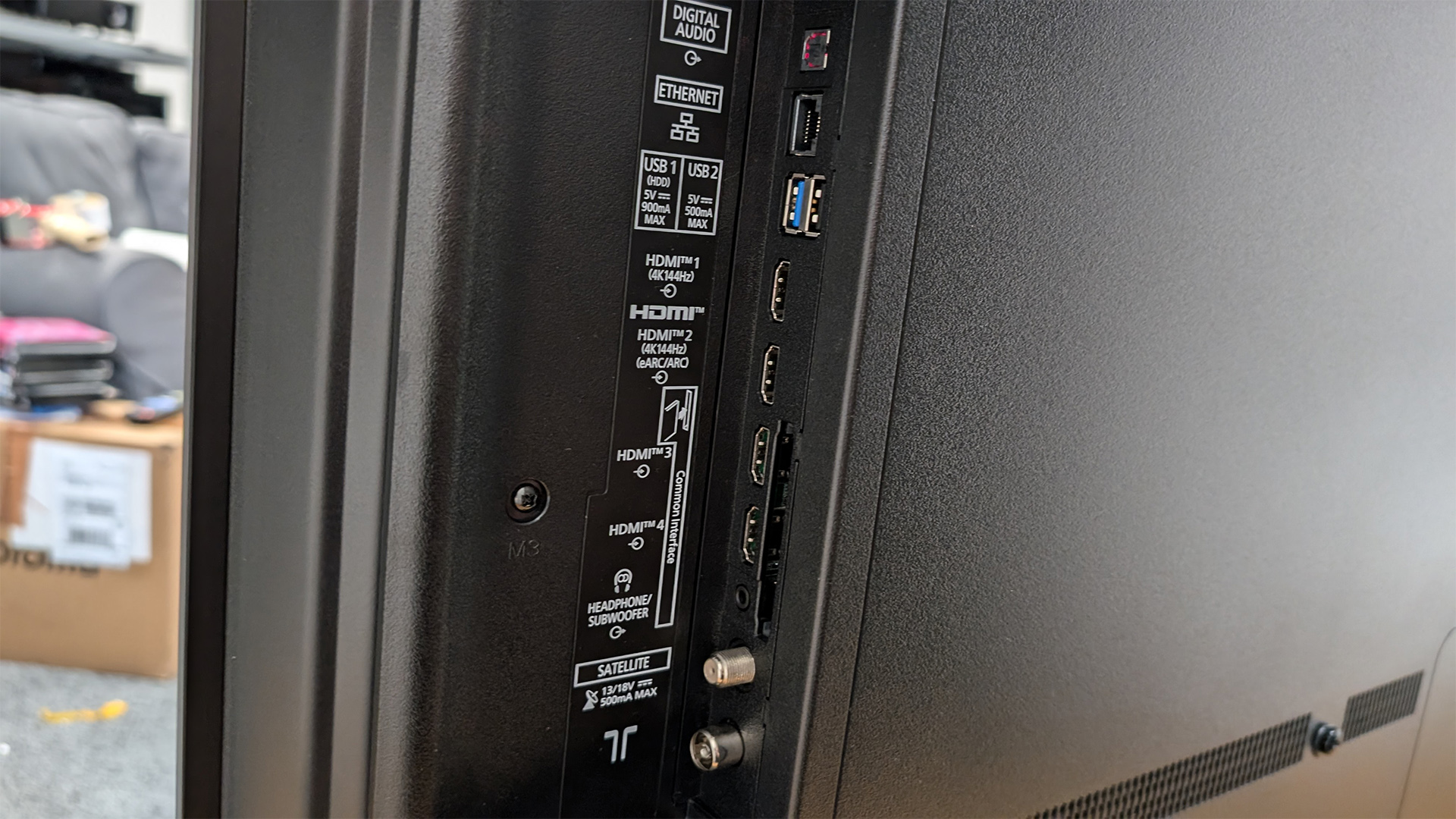
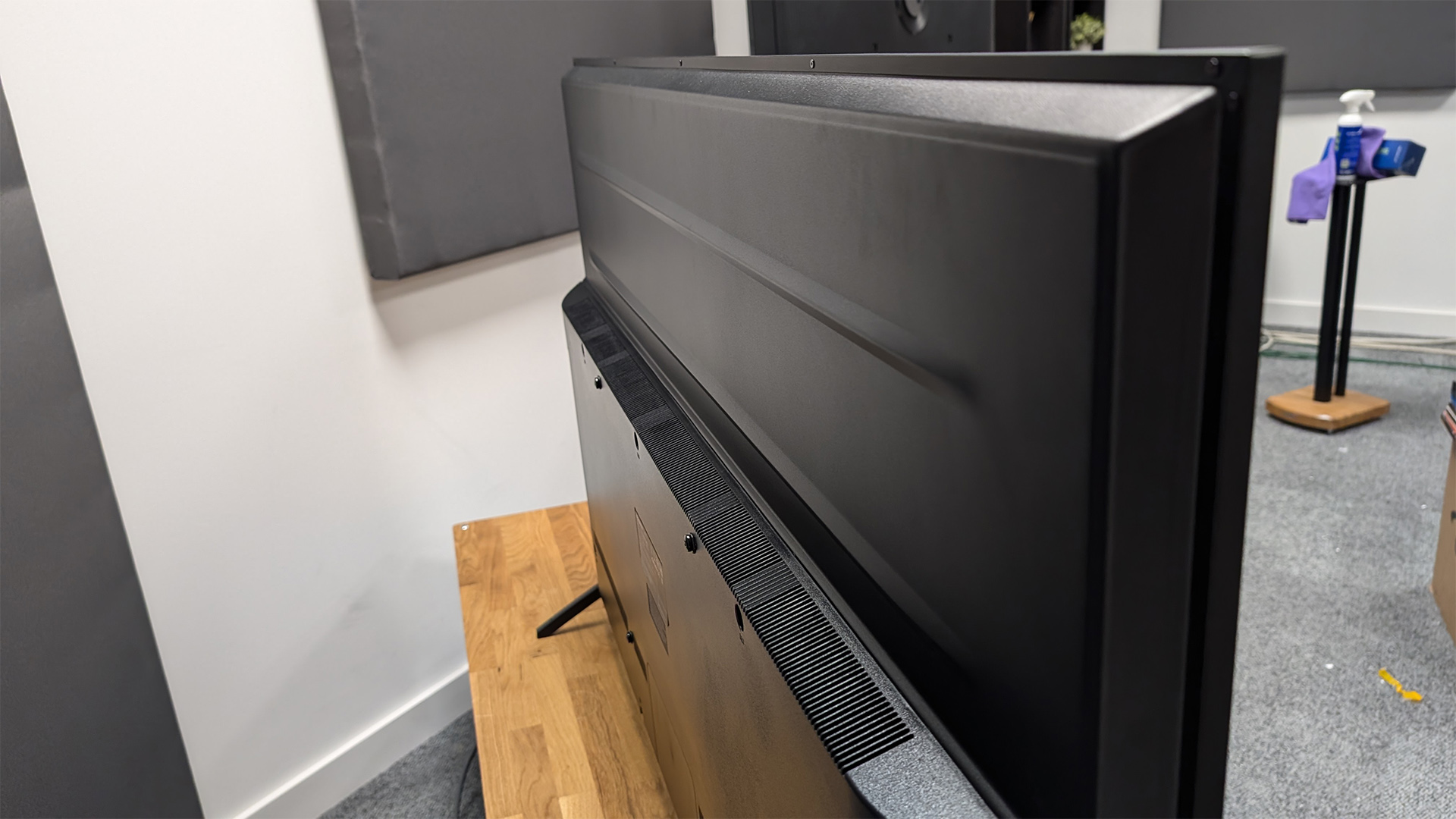
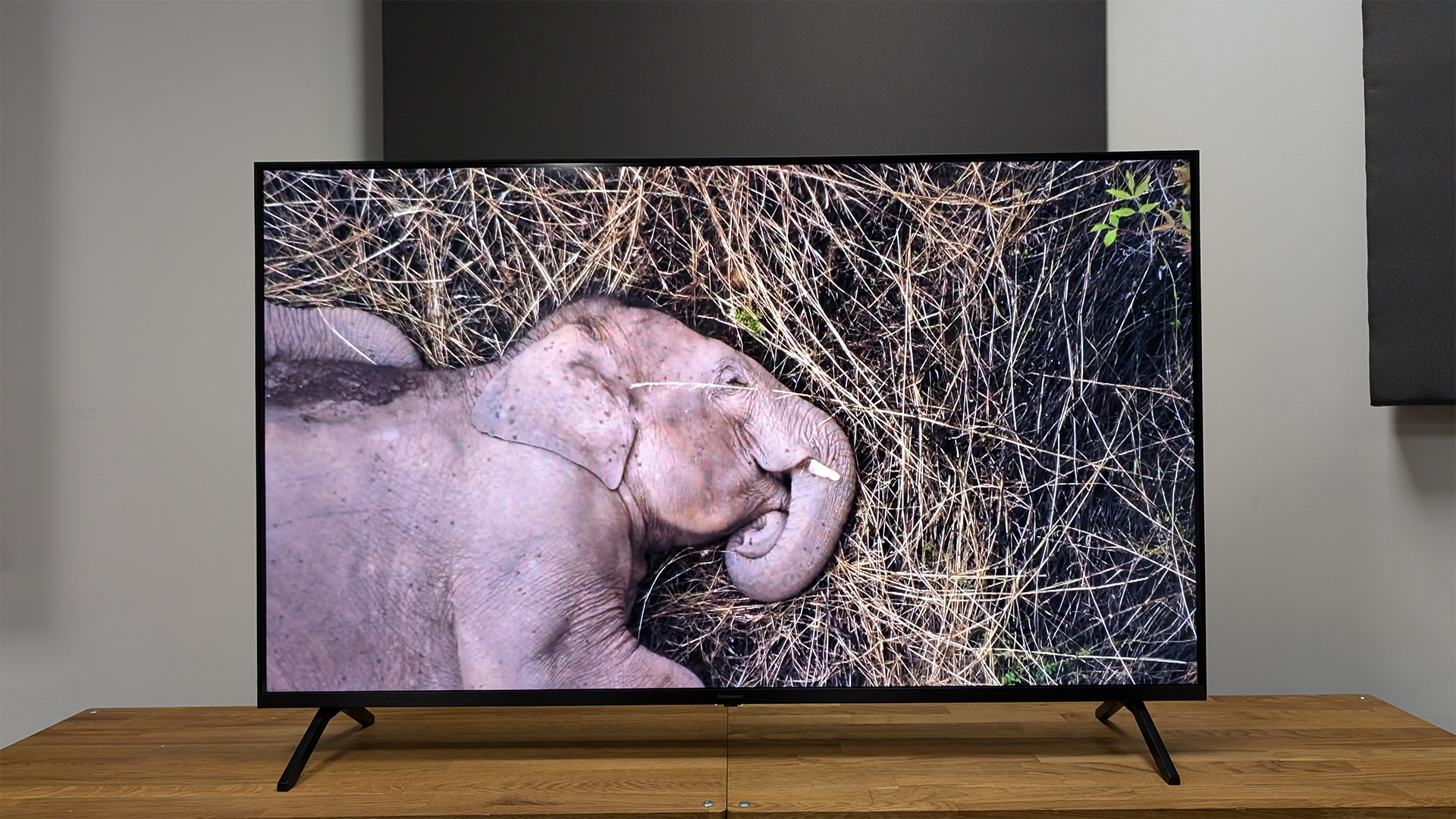
Specifications
Reasons to buy
Reasons to avoid
The W90A is the cheapest Panasonic TV we currently recommend. Though it doesn’t have a Mini LED backlight, instead coming loaded with a standard FALD (Full Array Local Dimming) LED backlight, during our checks it proved to be an incredibly capable performer.
What was particularly impressive is how well it performed when we ran it head-to-head with rival Mini LED sets, which included the Hisense U7N listed in our best Mini LED TV guide.
Despite not having Mini LEDs, which use smaller LEDs to help boost brightness, light management and general accuracy, the W90A offered a solid, three dimensional accurate image. This helped compensate for its slightly lower peak brightness levels and greyer blacks.
As our reviewers reported in our W90A review:
“The Panasonic W90A is a competent LCD TV that retains the brand’s focus on accuracy and naturalness. Though it can’t match the peak brightness or shadow detail of competing Mini LED sets that are only moderately more expensive, this focus at least lets it compete in other areas we care about – chief of which is colour accuracy. If you’re a serious movie fan who values this factor, the W90A is a solid choice.”
For gamers it’s also competitive. Though it only has two HDMI 2.1 connections, one of which doubles as an eARC, it does support 4K/144Hz, ALLM and VRR – which aren’t guaranteed additions on a TV at this price.
The use of Amazon Fire TV software also gives it flawless app support. Just be warned, you will want to invest in a soundbar alongside the W90A as its speakers are very average, even by mid-range/affordable TV standards.
Read our full Panasonic W90A review
How to choose the best Panasonic TV for you
It might seem obvious, but you’d be surprised by how many people don’t take screen size into consideration when shopping for a new TV. While a big TV might physically fit into the space you have available, you also have to think about the size of your room and how far away from the screen you’ll be sitting. If you haven’t bought a new TV for a while, bear in mind that screen bezels tend to be slimmer than before, so you might be able to accommodate something larger than you’ve currently got.
Panasonic still makes a few HD TVs, but everything on our list is 4K, so there’s no need to make a choice over resolution. The company hasn’t joined Samsung and LG on the 8K bandwagon either, so you don’t have to think about whether you want to futureproof yourself despite the lack of 8K content, and with most modern Panasonic TVs supporting all of the major HDR codecs (HLG, HDR10, HDR10+ and Dolby Vision), there’s no danger of being denied seeing certain content at its best.
From a technical point of view the biggest question you’ll probably need to ask yourself is whether you want an OLED or LCD model. We only have the former on the list above, because Panasonic's OLEDs are among the best you can buy from any manufacturer, and we always recommended spending the extra cash on one if you can afford it. The improvements they offer in picture quality are very much worth it.
Panasonic TV FAQ
When are new Panasonic TVs coming out?
Panasonic unveiled its new OLED and selection LED TVs at the Consumer Electronics Show (CES) in Las Vegas in January. These include the Z95B OLED and W95B Mini LED. We don’t have full pricing and availability for either ranges yet, but based on Panasonic’s previous release cycles we’d expect them to go on sale in the second half of the year.
Are Panasonic TVs good?
We always warn against taking a specific brand as an automatic sign a product is good. Having reviewed TVs since CRTs were still all the rage we’re yet to find a TV maker with a 100 per cent batting average. Panasonic is no different. The Japanese brand’s TVs have carved a strong reputation as having an overt focus on “accuracy” and delivering “as the director intended” home movie experiences. But, our reviewers have tested their fair share of four-star and occasionally three-star sets from the brand, even in recent years. So still need to research the specific model you’re considering, even if it has Panasonic branding on it.
What is Filmmaker Mode?
Modern TVs are packed with modes and settings that are designed to make the picture look better, but plenty of Hollywood hotshots have complained in the past that they actually do the opposite. Panasonic solves that issue by including Filmmaker Mode, which overrides any processing features and ensures that the aspect ratio, frame rate and colour settings make the movie look exactly as the director intended.
Filmmaker Mode isn’t exclusive to Panasonic TVs, it was developed by the UHD Alliance, which also includes Samsung, LG, and Hisense, but it’s definitely something worth taking into account when you’re shopping for a new TV. You can read more about how Filmmaker Mode came about here.
Why are there so many different HDR formats?
The AV industry is no stranger to a format war – remember VHS vs Betamax, or Blu-ray vs HD DVD? – and HDR is no different, although this conflict is definitely on the colder side. There are four main HDR codecs, HDR10, HDR10+, HLG, and Dolby Vision, and while they're developed by different companies they all do largely the same thing, just in slightly different ways.
Fortunately, a single TV can support more than one, and all three Panasonic TVs above work with the full quartet of codecs. Having so many different options only really serves to confuse the consumer, hence articles like this one that fully explain the differences, but if you buy one of these Panasonic TVs you’ll know you're good to watch all of them.
What’s so special about HDMI 2.1?
How bothered you need to be about HDMI 2.1 right now depends largely on whether you’re a big gamer or not. HDMI 2.1 supports Dynamic HDR at 4K/120fps, and while most films are shown in 24fps, and TV shows tend to be either 25fps or 30fps, current-gen games consoles can pump out much higher frame rates, so you need at least one HDMI 2.1 socket on your TV to get the best out of them.
One thing to be wary of is that one of the HDMI 2.1 ports is sometimes the one you’ll need to use if you have a soundbar that works over eARC, so if you own both an Xbox Series X and a PS5, and don’t want to constantly be messing about with your HDMI cables, you’ll need enough compatible sockets to accommodate all your kit.
How we test the best Panasonic TVs
Every TV we review at What Hi-Fi?, no matter whether it’s made by Panasonic or one of the other manufacturers, is put through the same rigorous testing process. But what exactly does that involve?
You can read a full breakdown of what happens behind the doors of our world-class testing facilities, but the short version is that having these dedicated facilities allows our team of expert reviewers to have complete control over the environment, ensuring the testing conditions are always the same.
All of the Panasonic TVs listed above were tested on their own for dedicated reviews, but all products we test are also put up against rival products in the same price category so we can make informed decisions about which ones are the very best, not just those that impress in isolation.
From all of those reviews our team compiles Best Buy guides like this one, using over 100 years of combined testing and writing experience to ensure that only the most deserving products make the cut. That means if you choose something from this list, or any of the others like it, you can be sure you’ve got a What Hi-Fi?-approved product heading your way.
Recent updates
- August 2025: Z95B and Z90B added as best premium and best small entries.
- April 2025: new intro reflecting the latest market developments, updated Z95A copy adding additional context based on new releases and our latest reviews.
- January 2025: two new TVs recommended to reflect latest testing.
- August 2024: updated to reference newer models going on sale and changes in price to the included TVs.
- May 2024: revised the 'Intro', 'How to Choose', and 'How We Test' blocks. Added a new FAQ section, picture galleries and 'Author' block.
- Our pick of the best LG TVs available
- And the best Sony TVs
The latest hi-fi, home cinema and tech news, reviews, buying advice and deals, direct to your inbox.
Tom Parsons has been writing about TV, AV and hi-fi products (not to mention plenty of other 'gadgets' and even cars) for over 15 years. He began his career as What Hi-Fi?'s Staff Writer and is now the TV and AV Editor. In between, he worked as Reviews Editor and then Deputy Editor at Stuff, and over the years has had his work featured in publications such as T3, The Telegraph and Louder. He's also appeared on BBC News, BBC World Service, BBC Radio 4 and Sky Swipe. In his spare time Tom is a runner and gamer.
